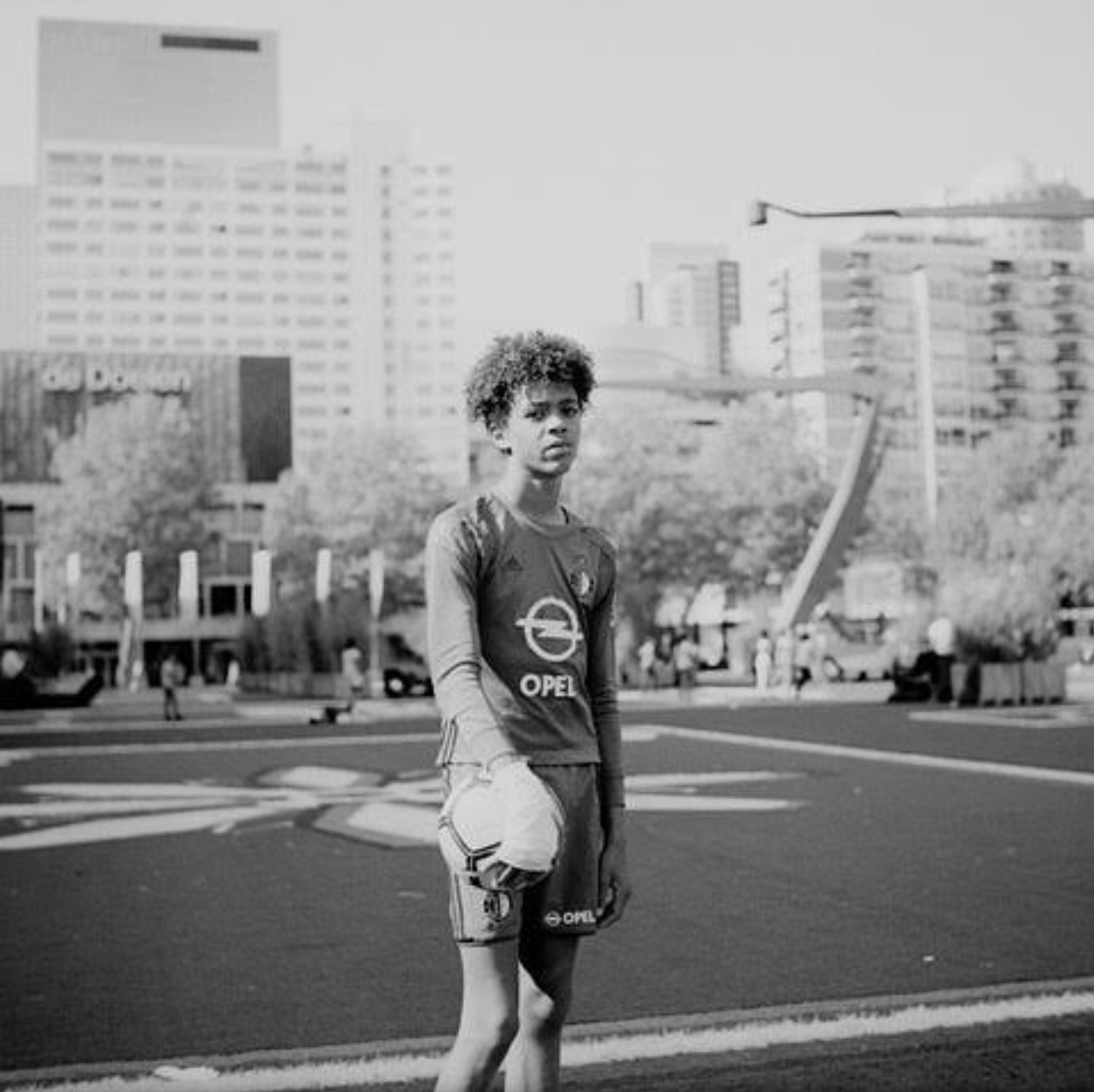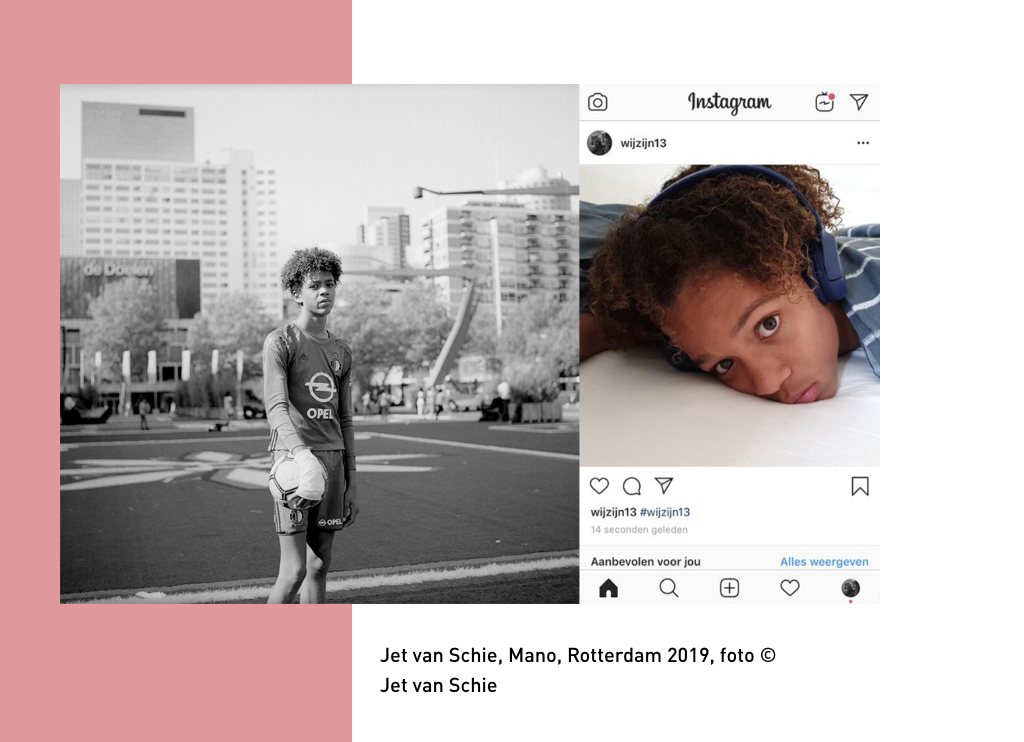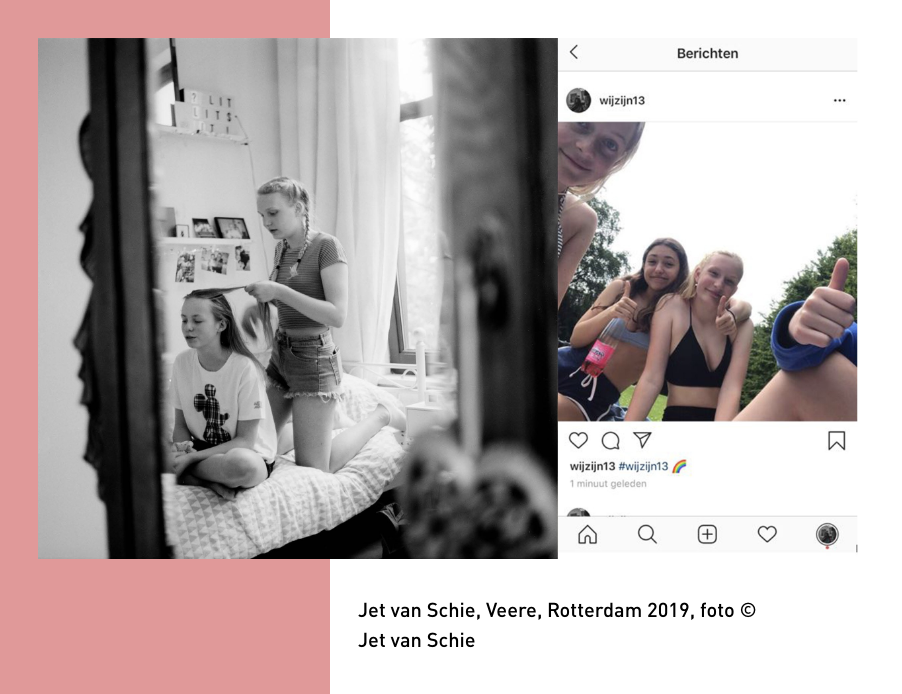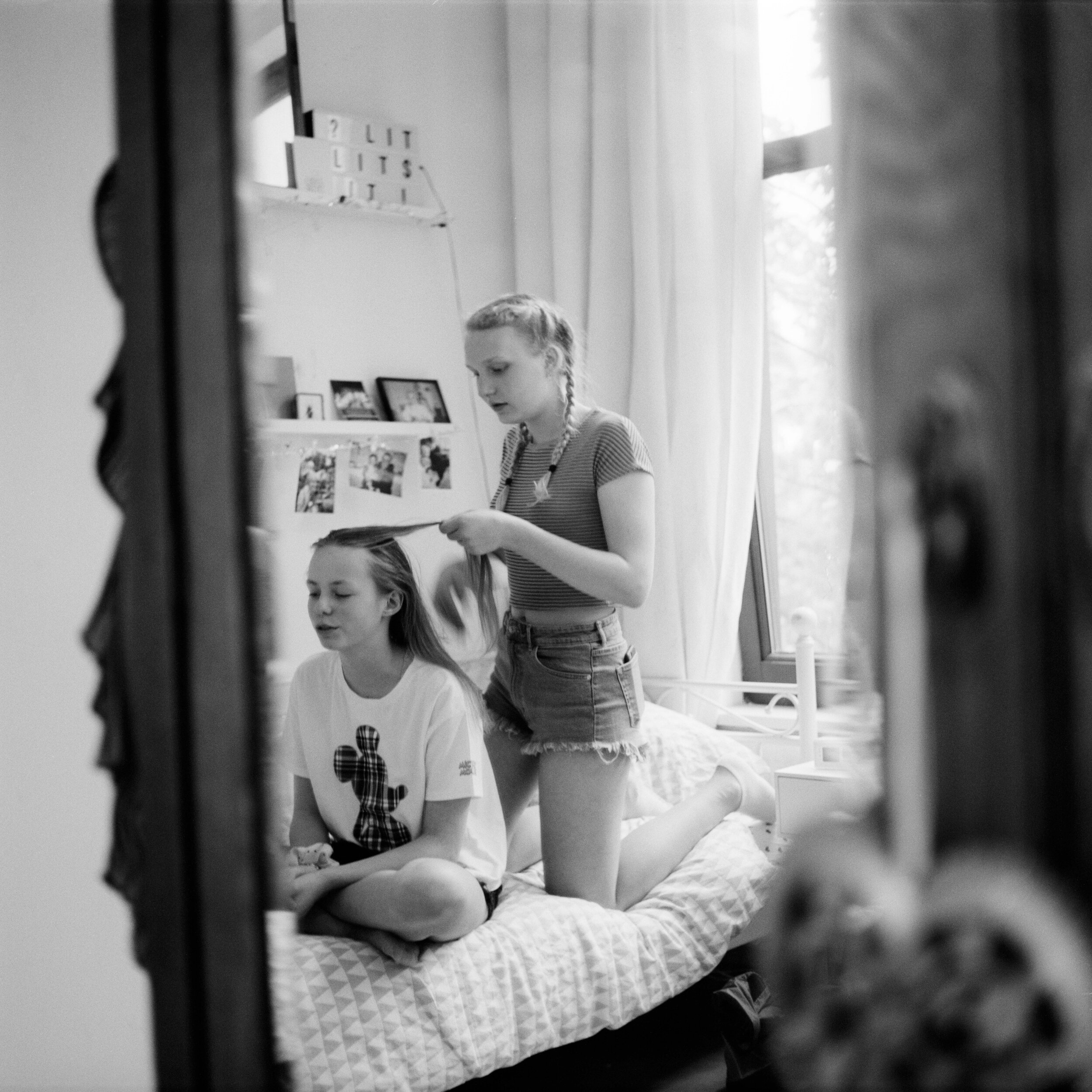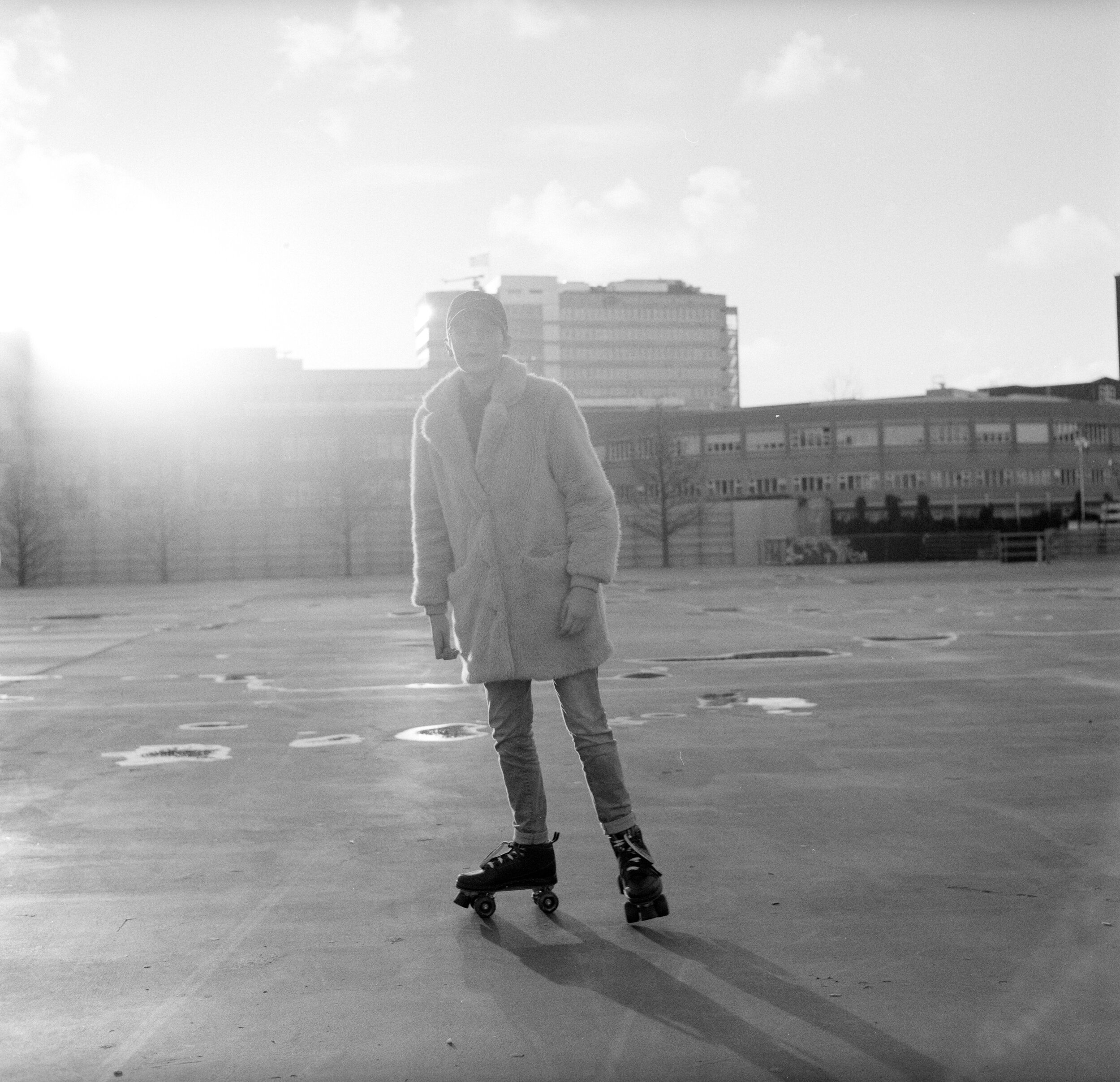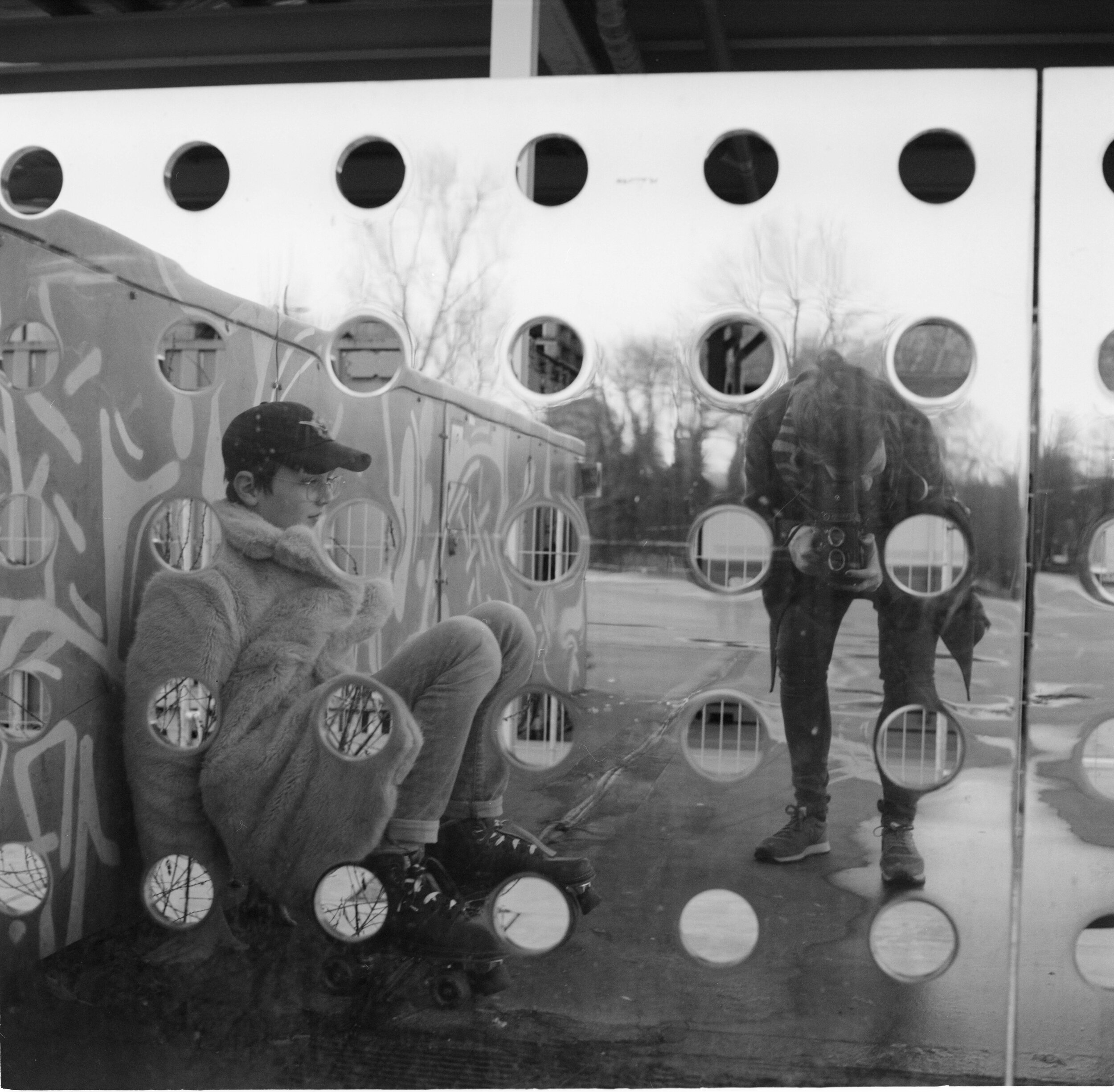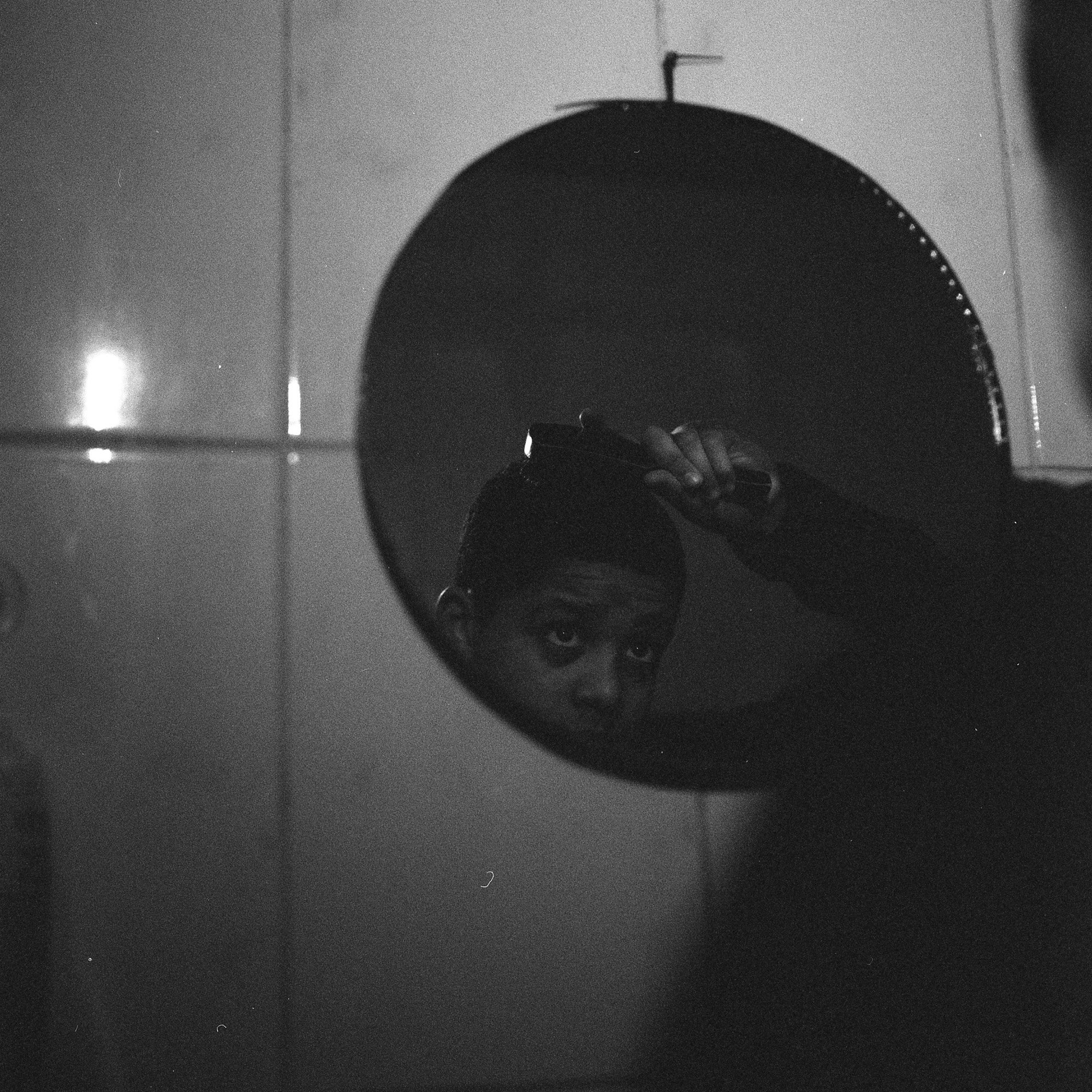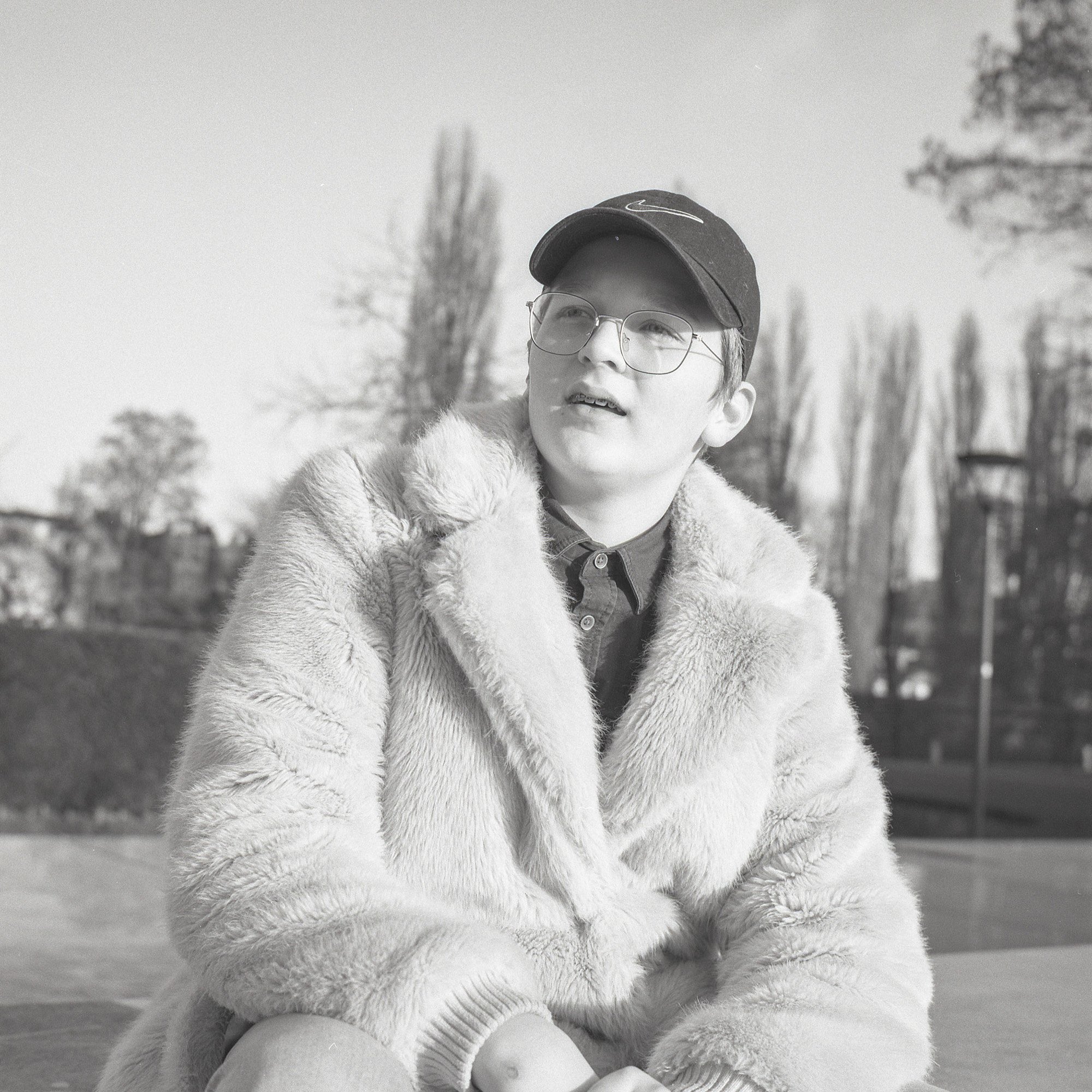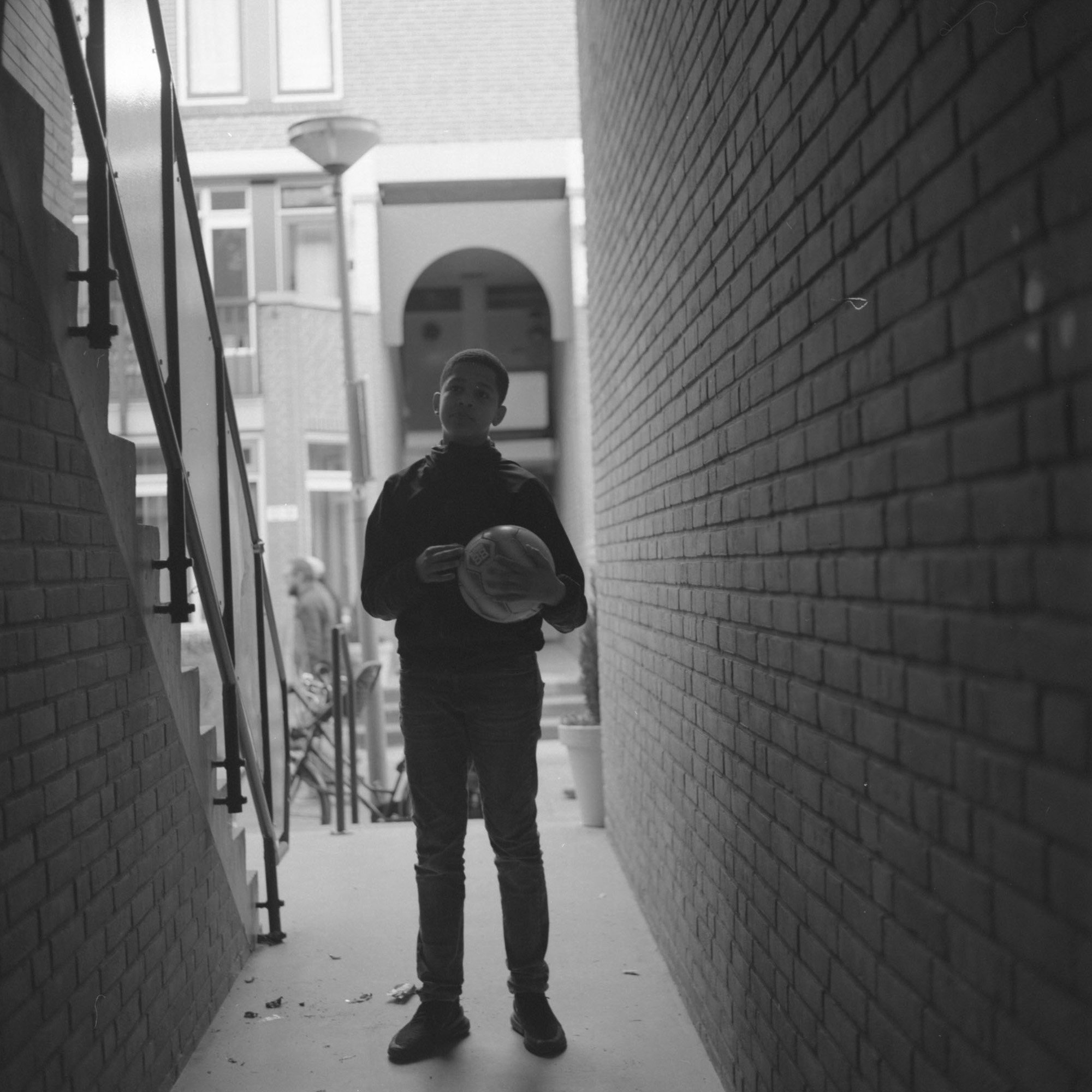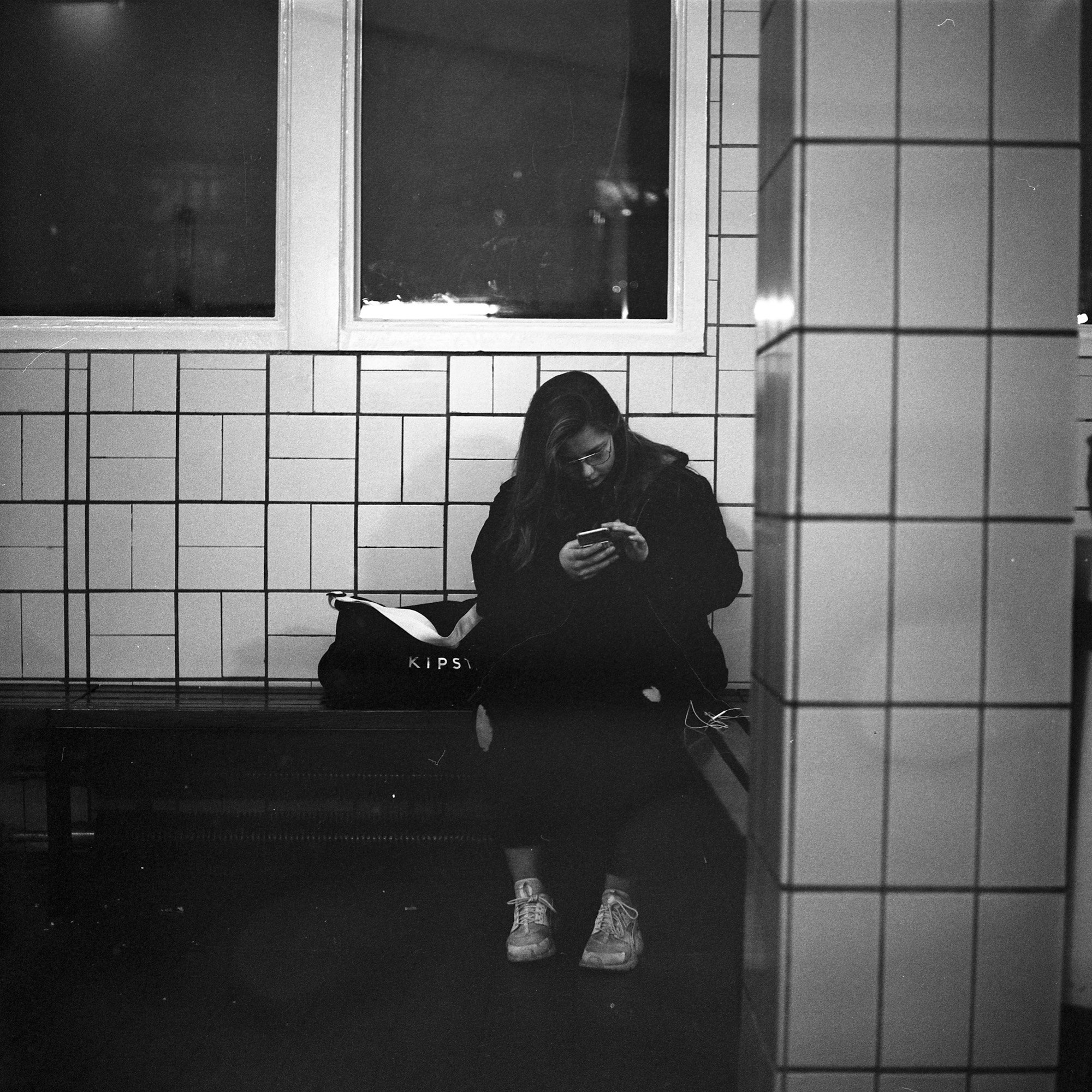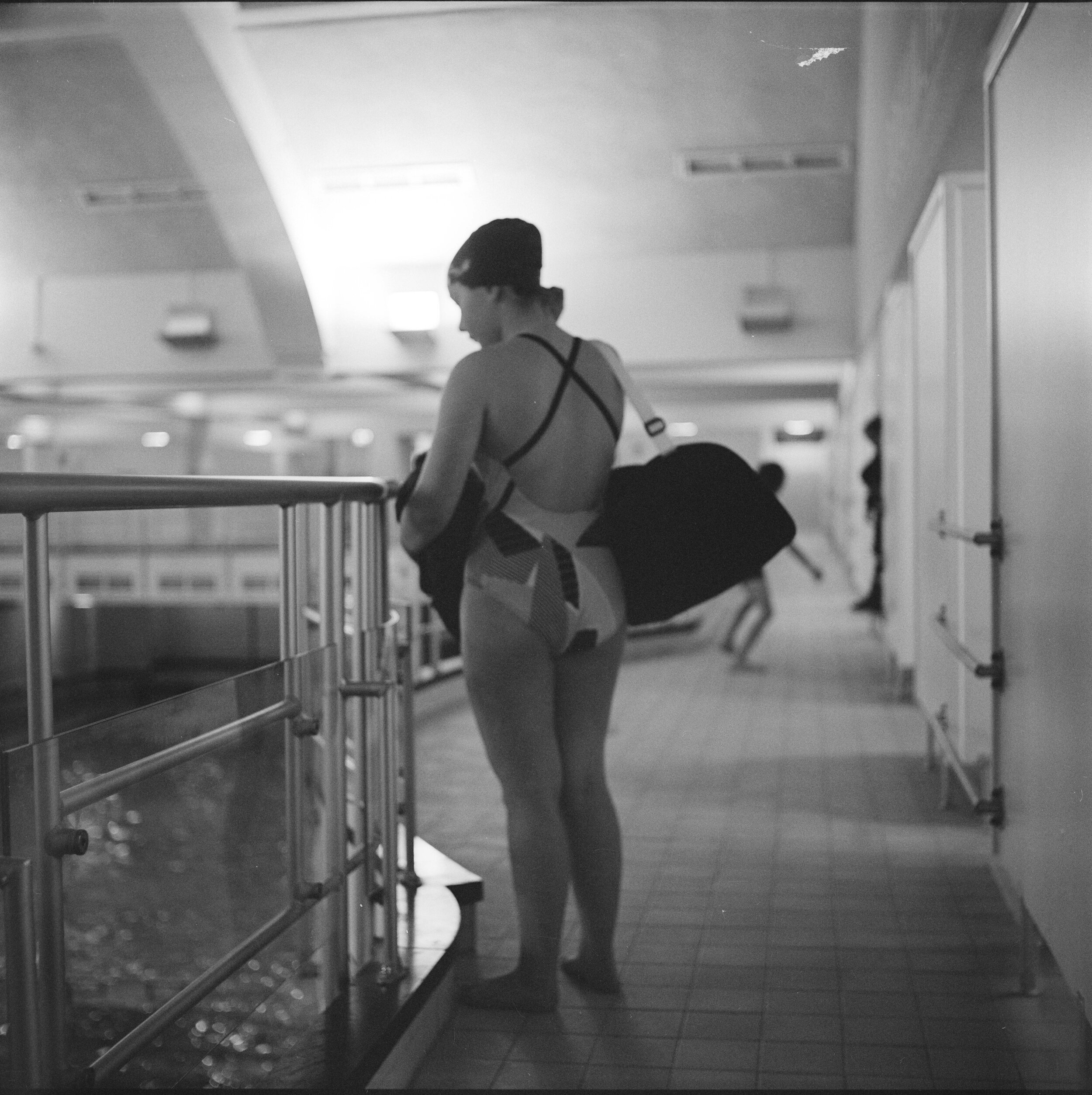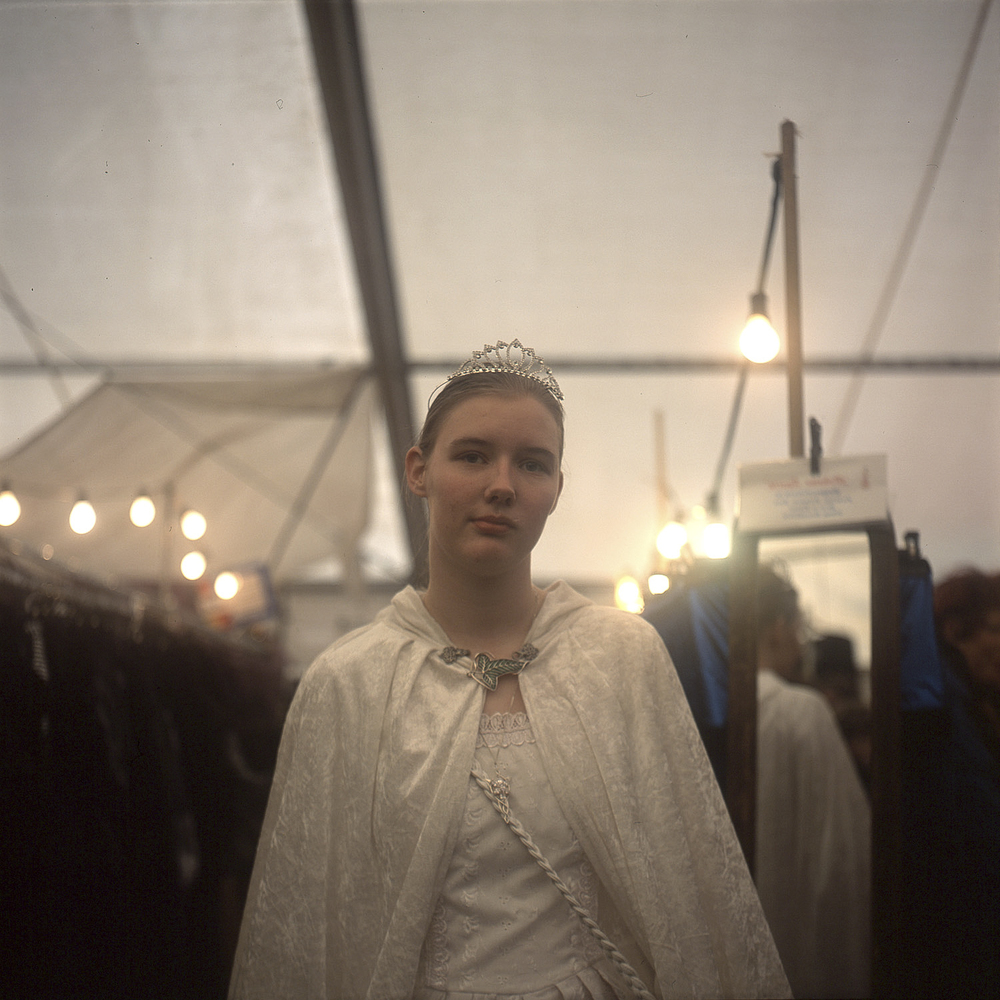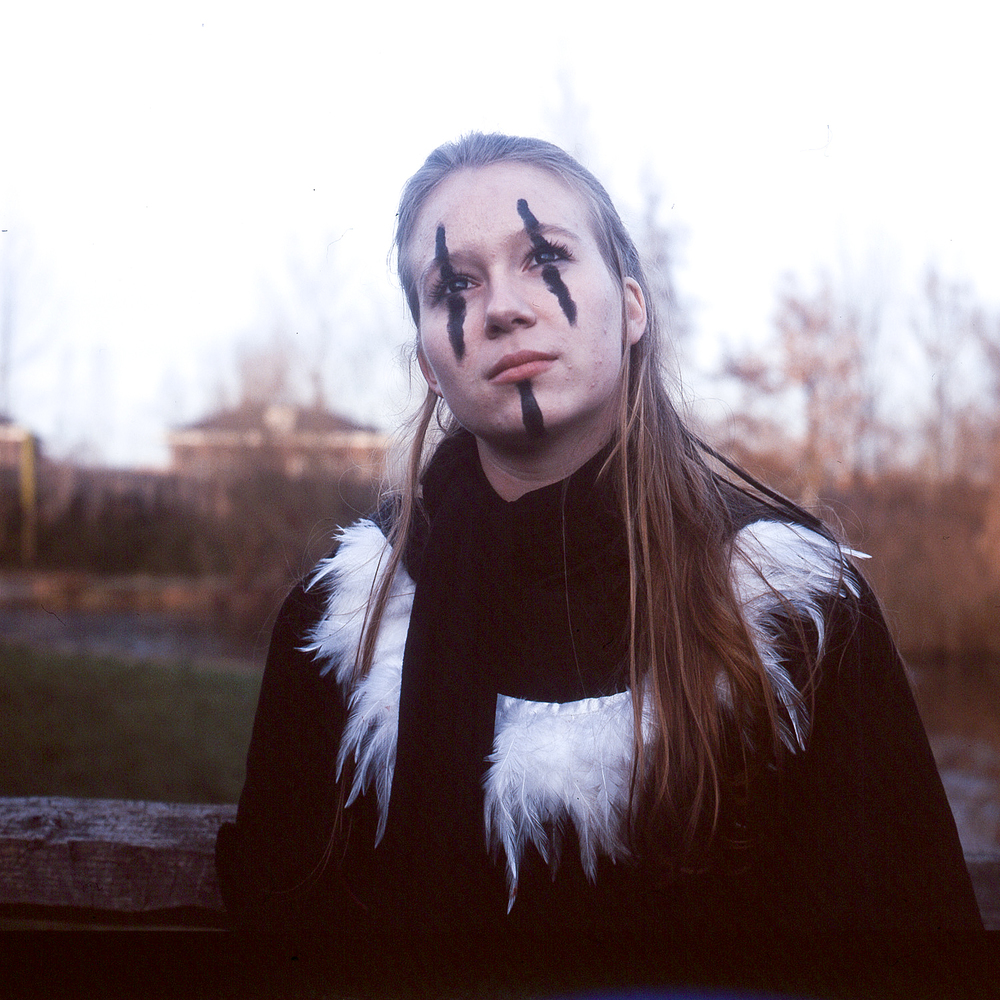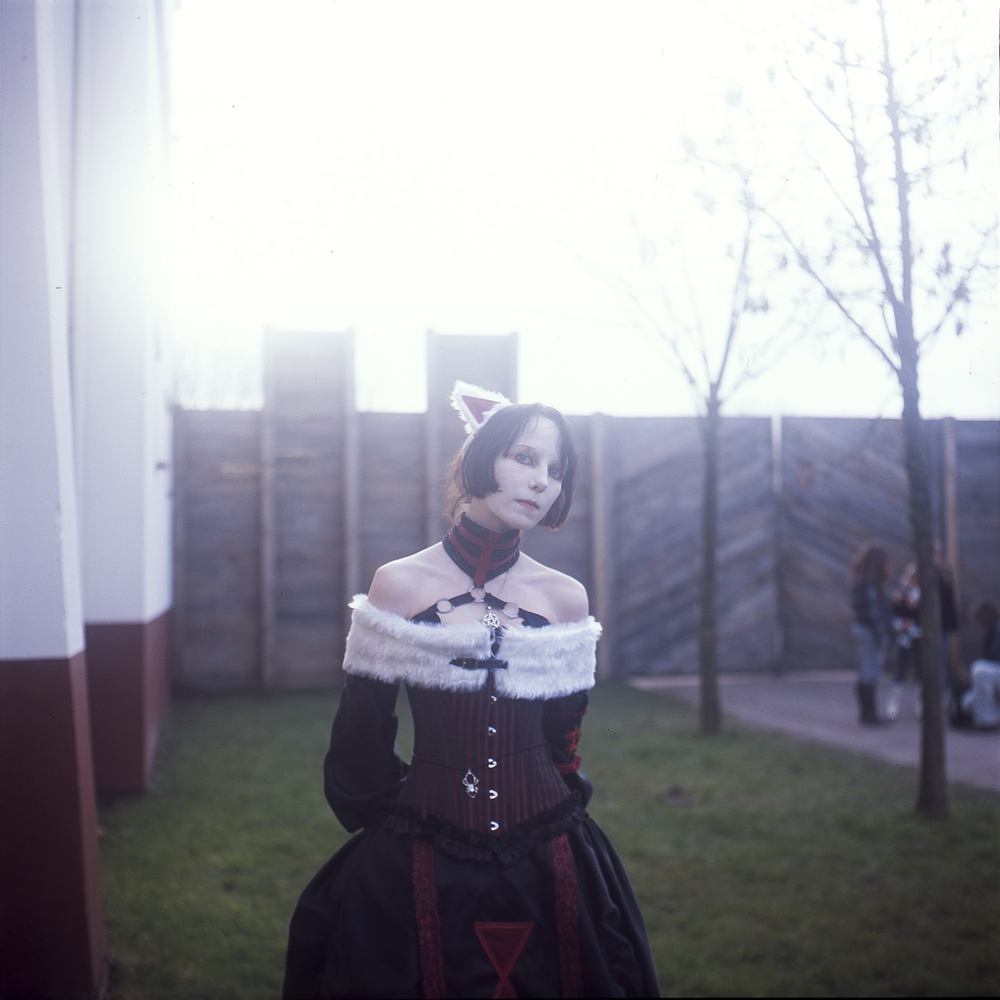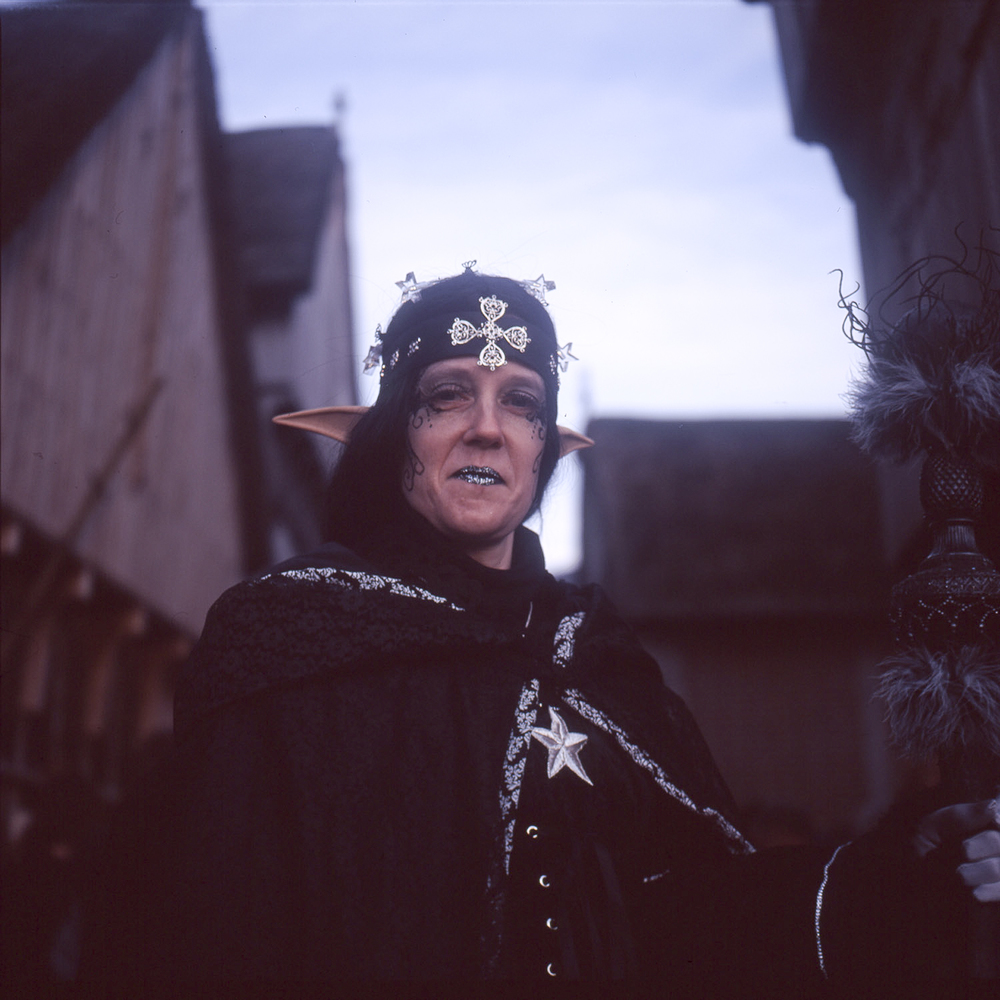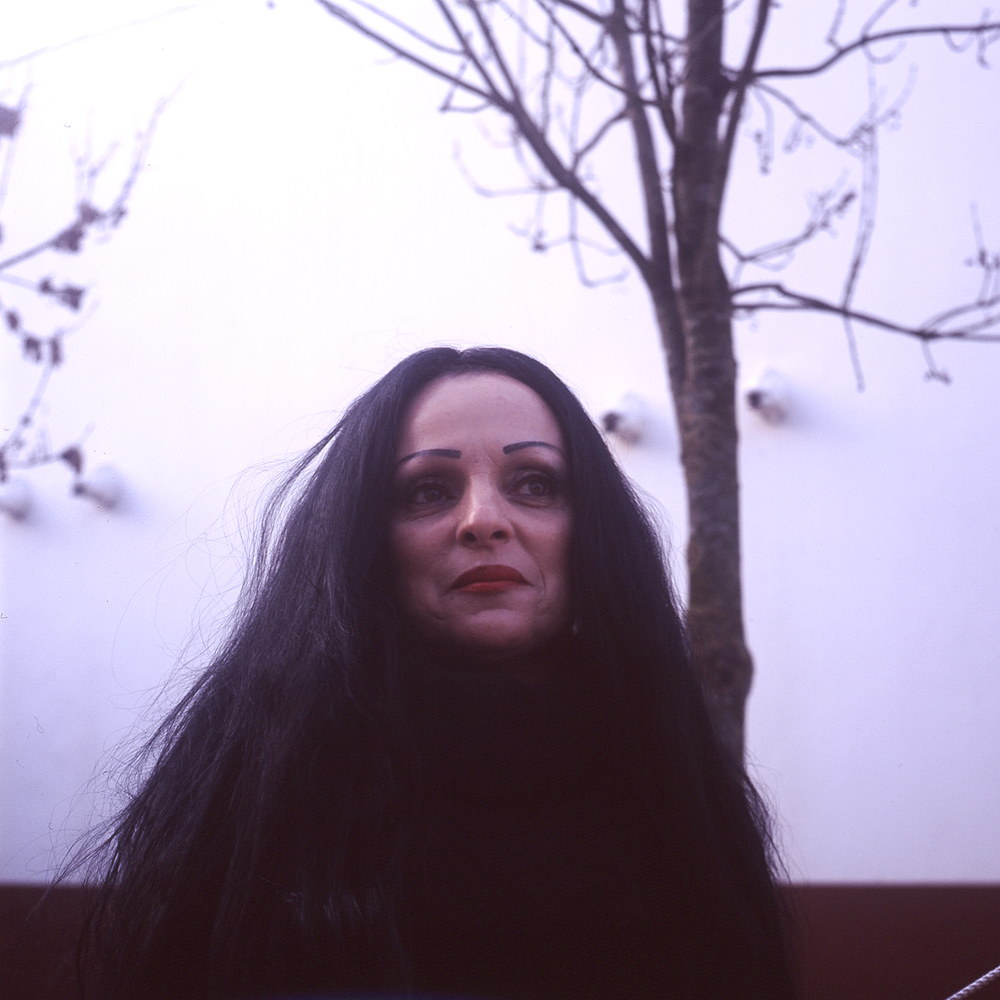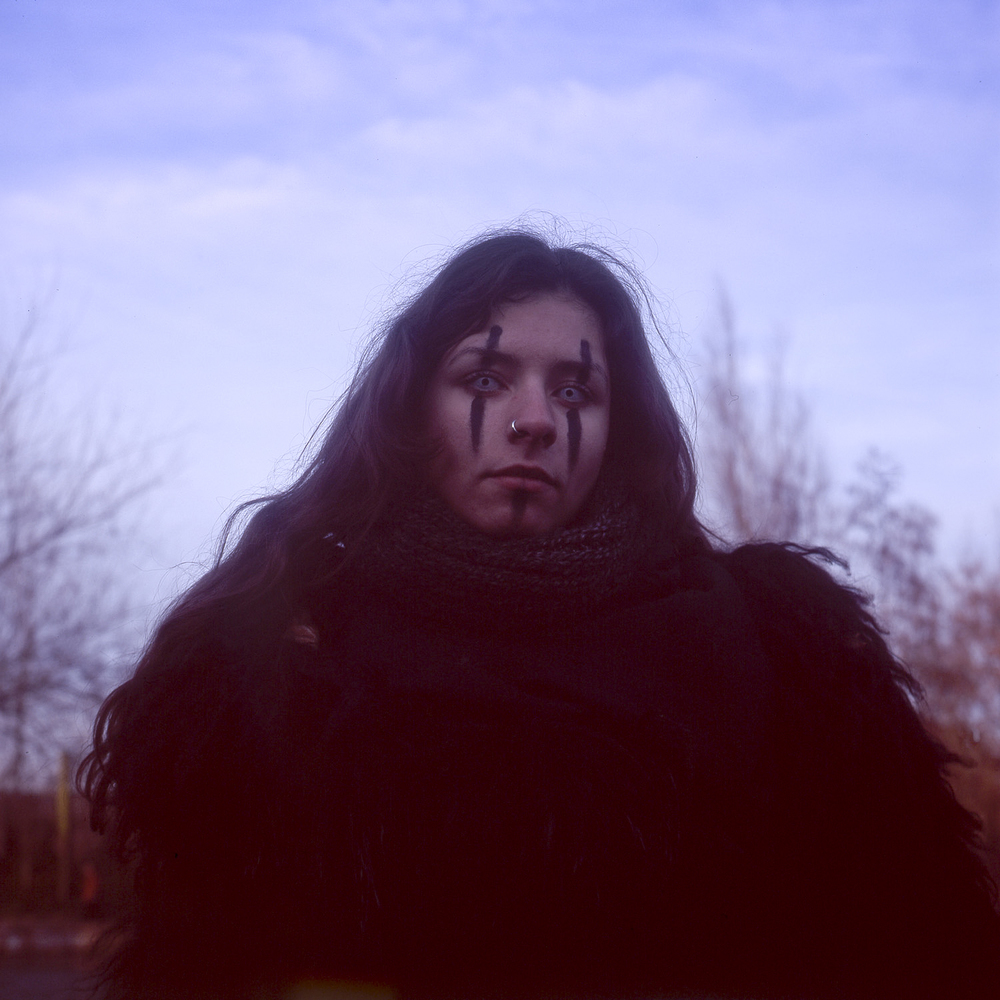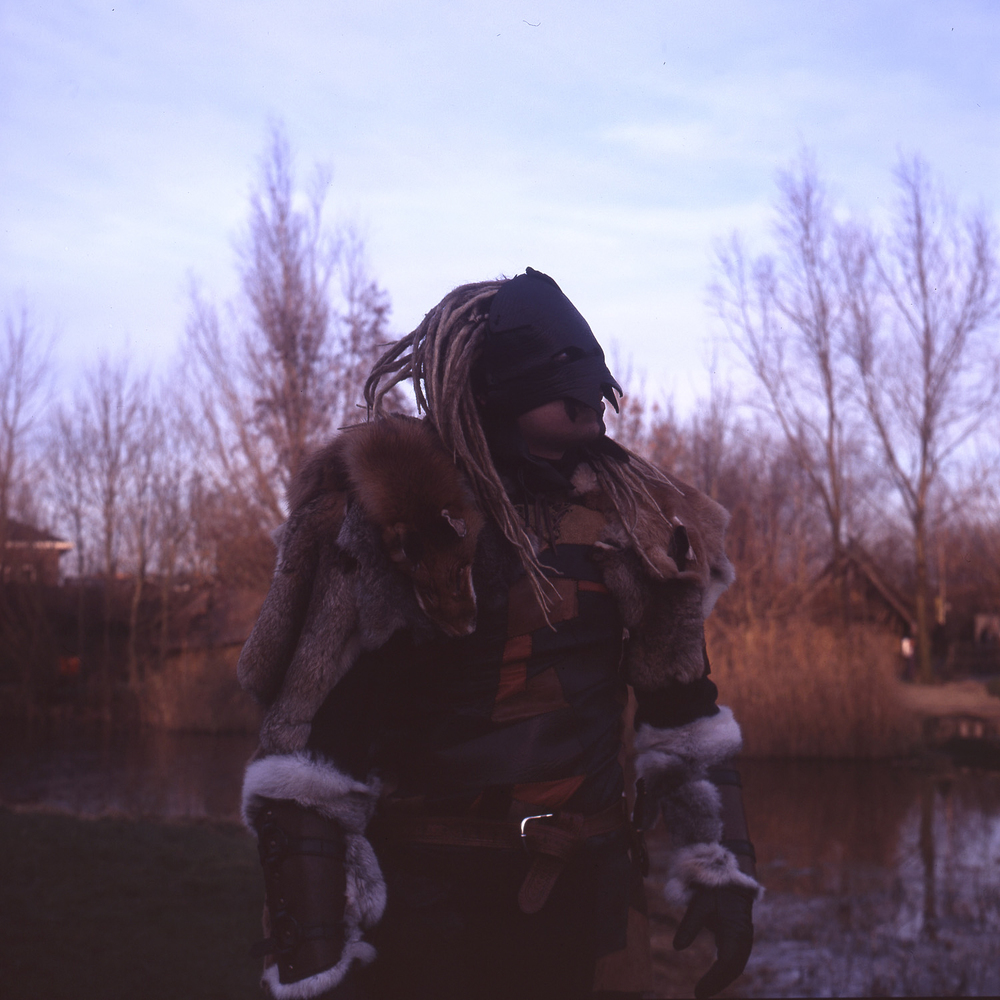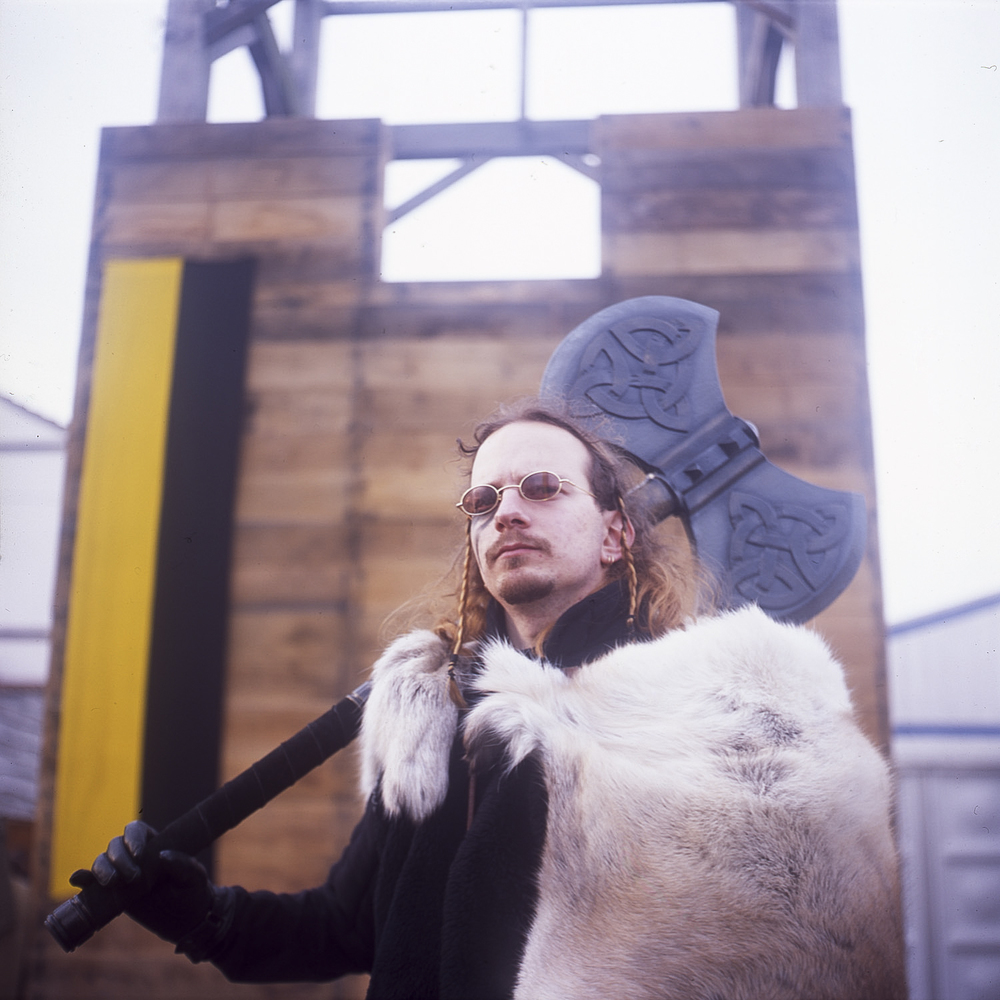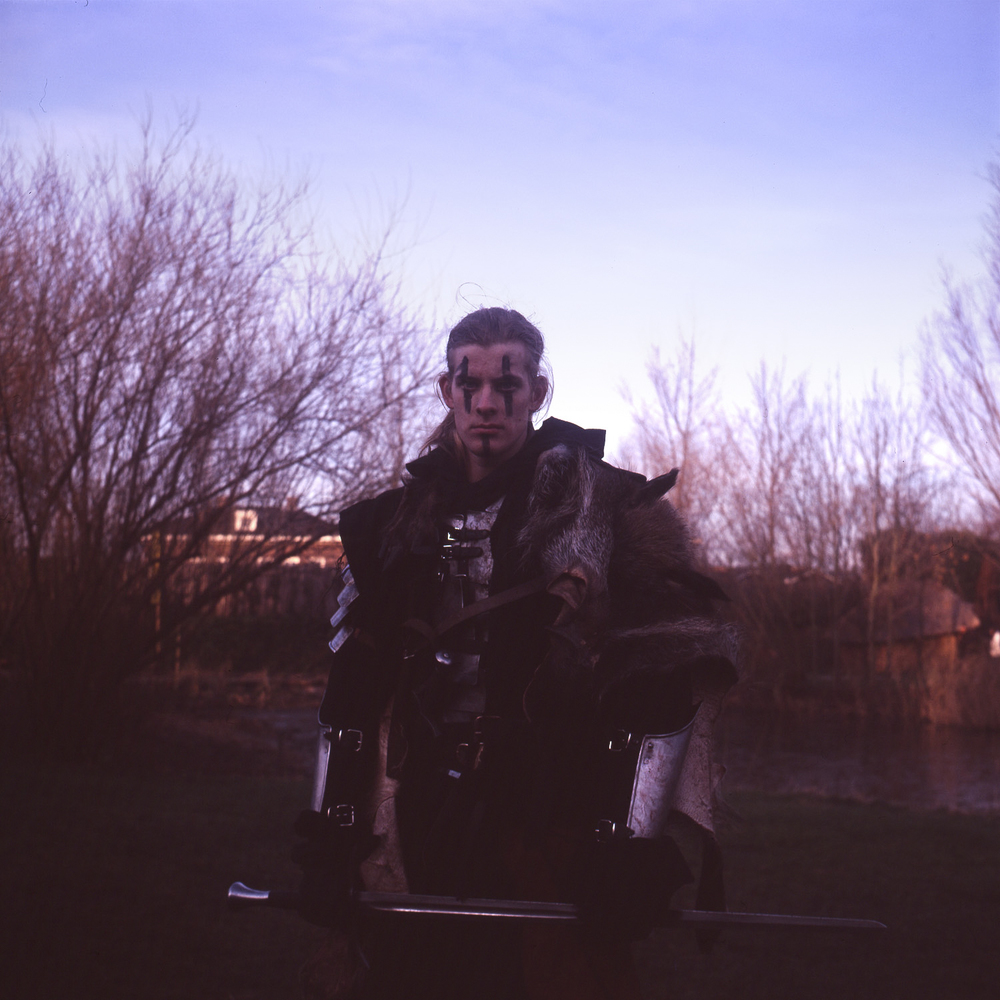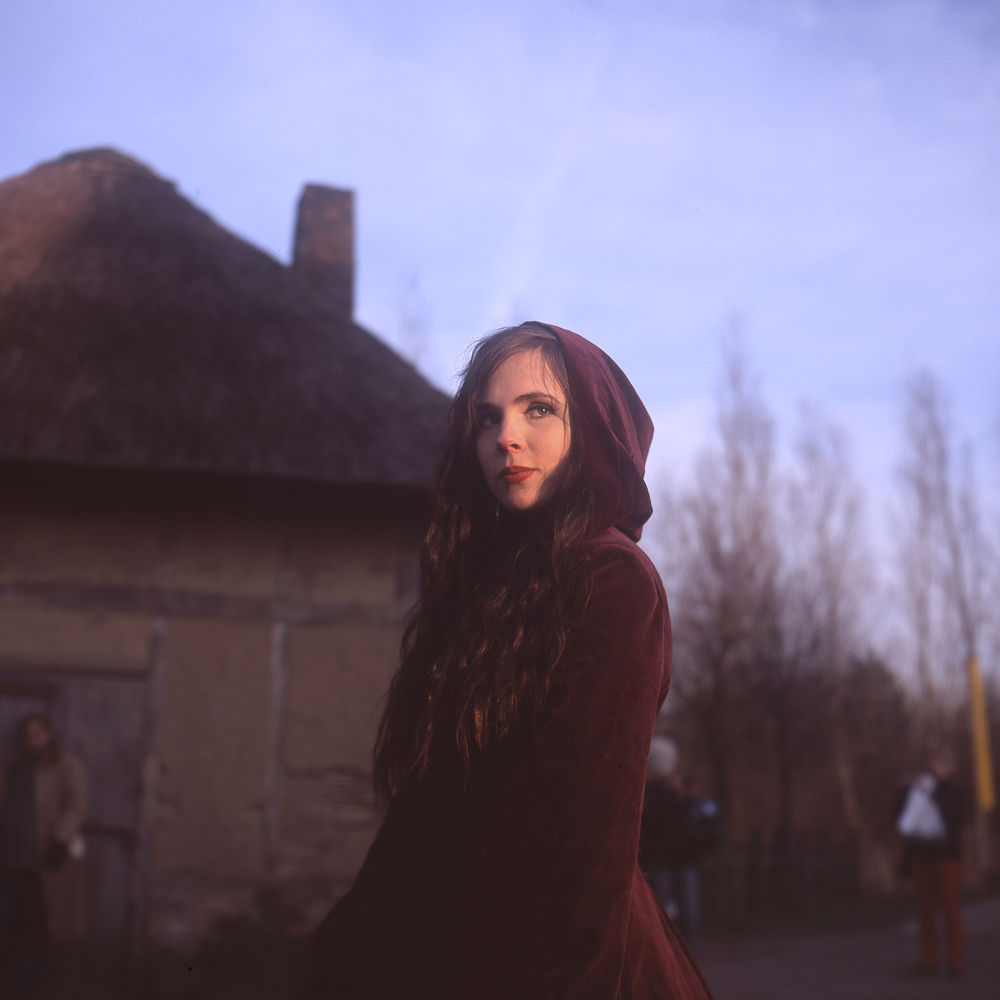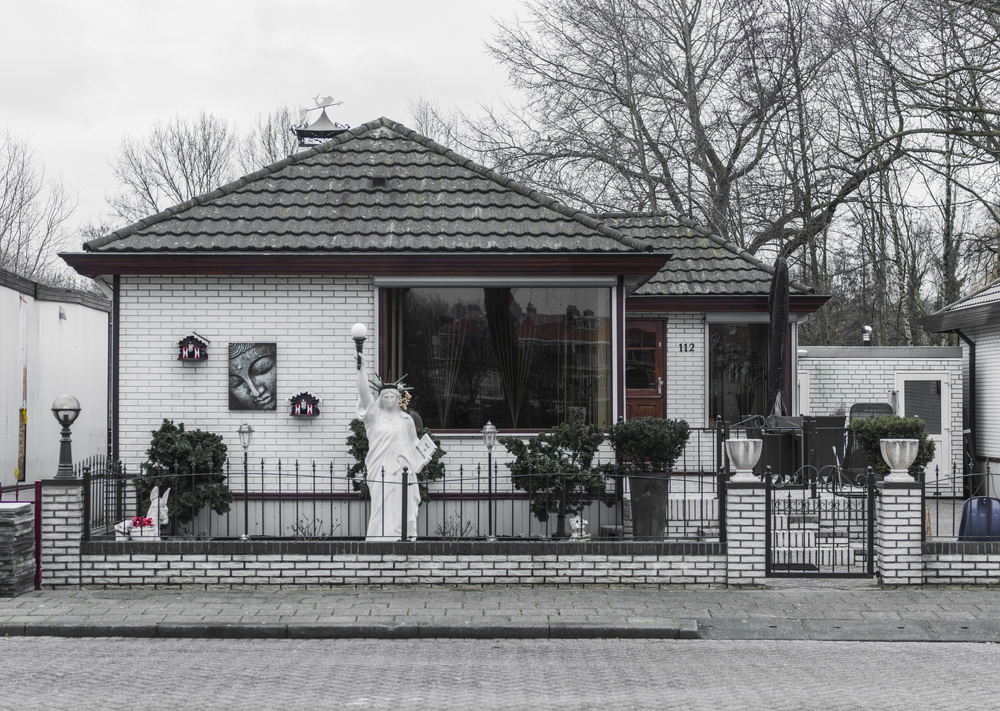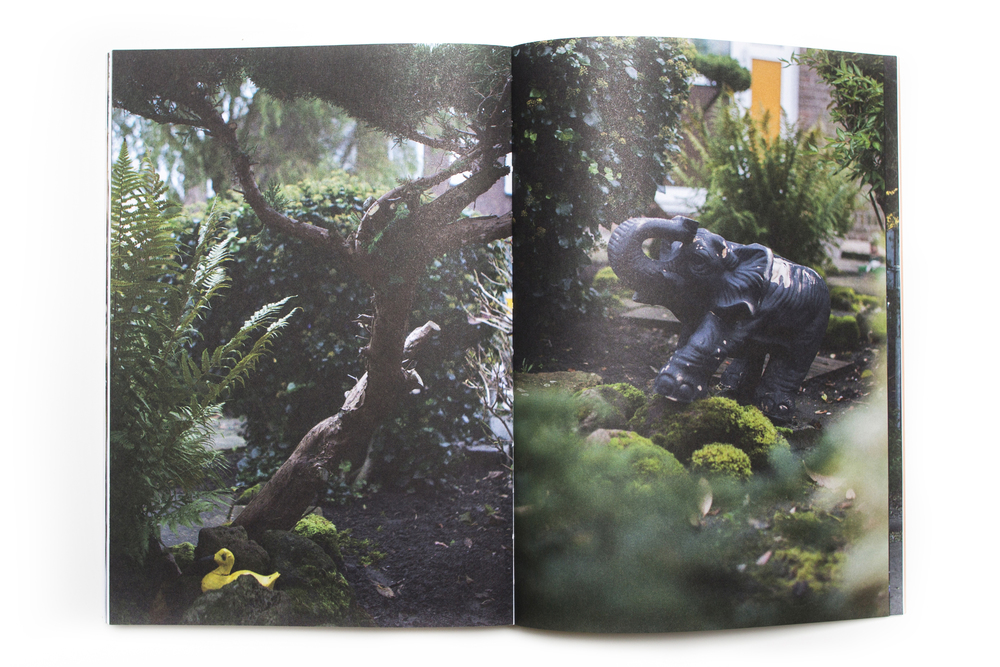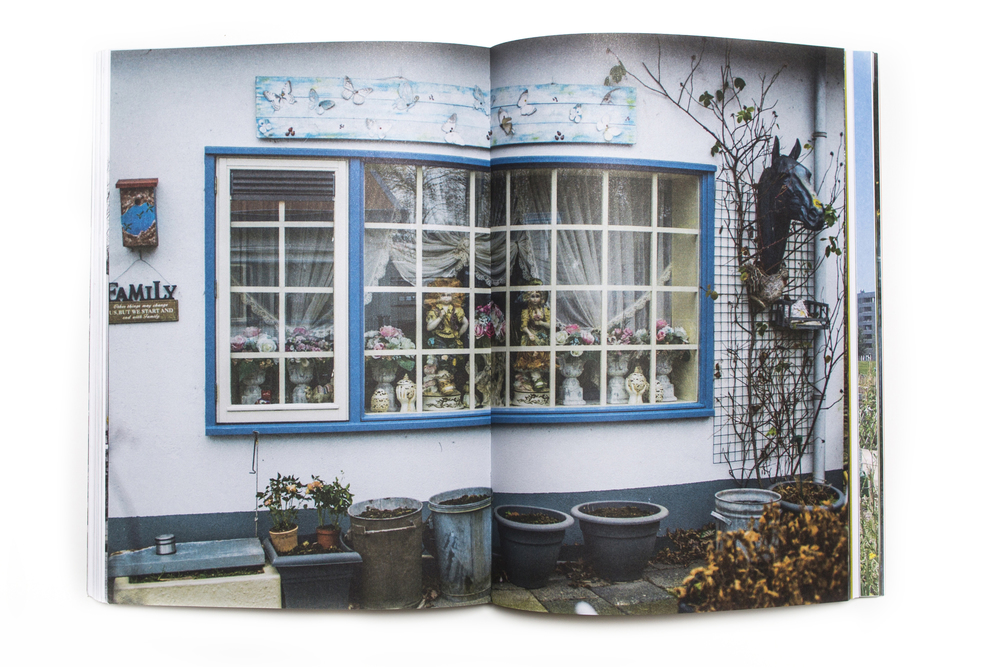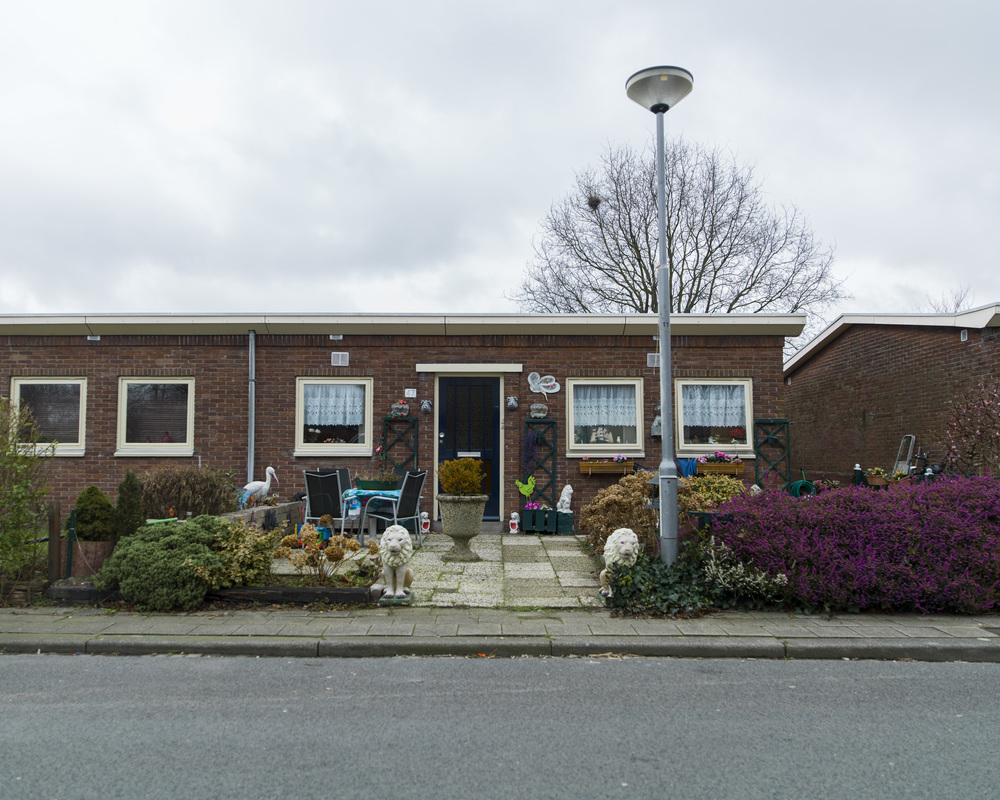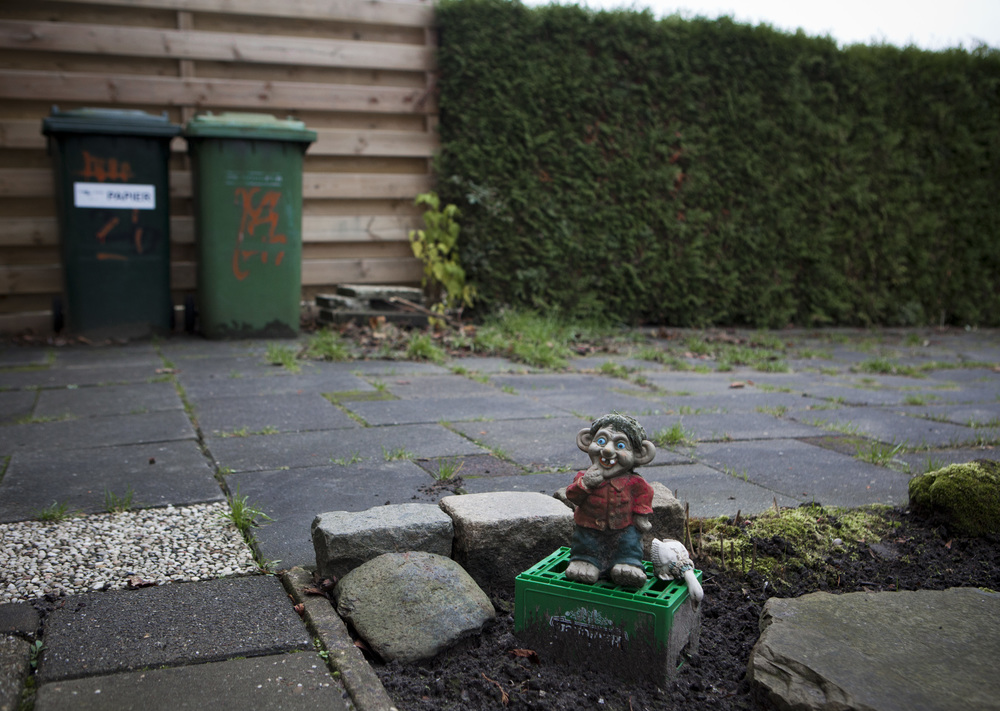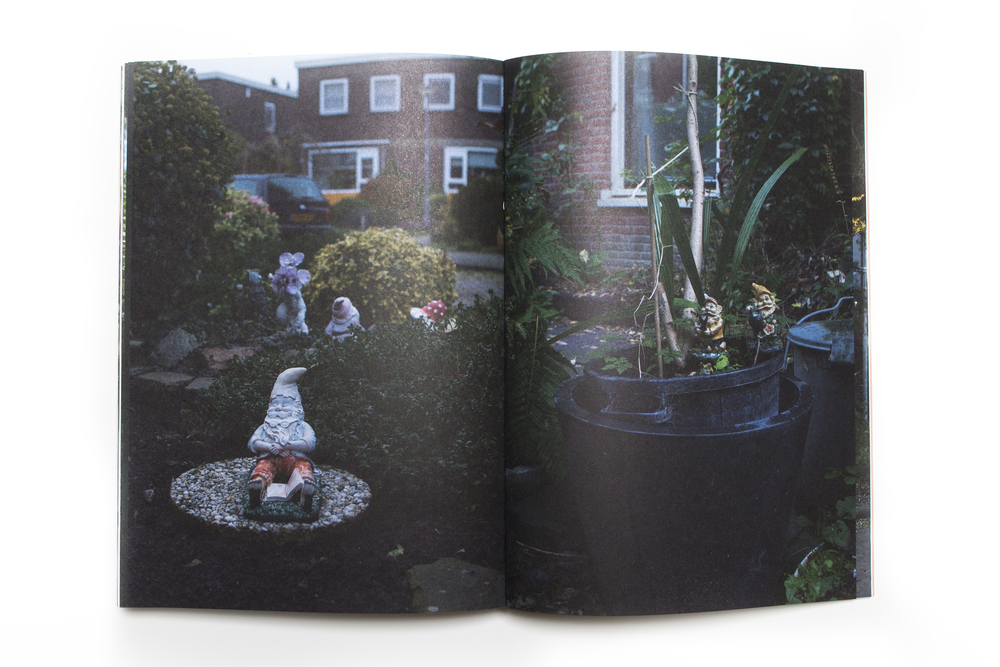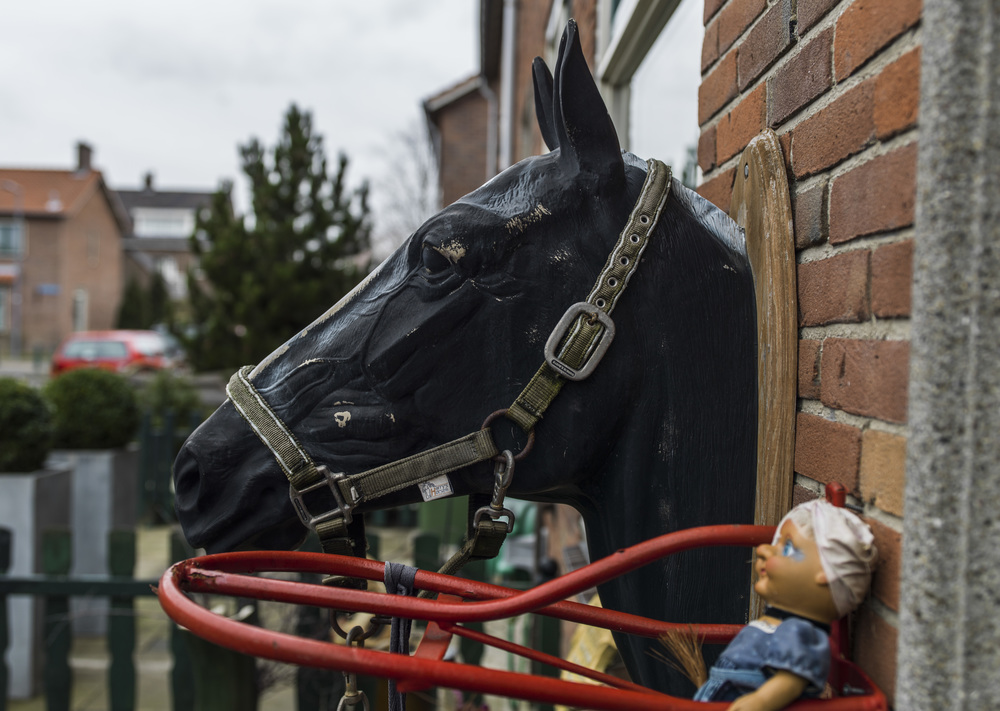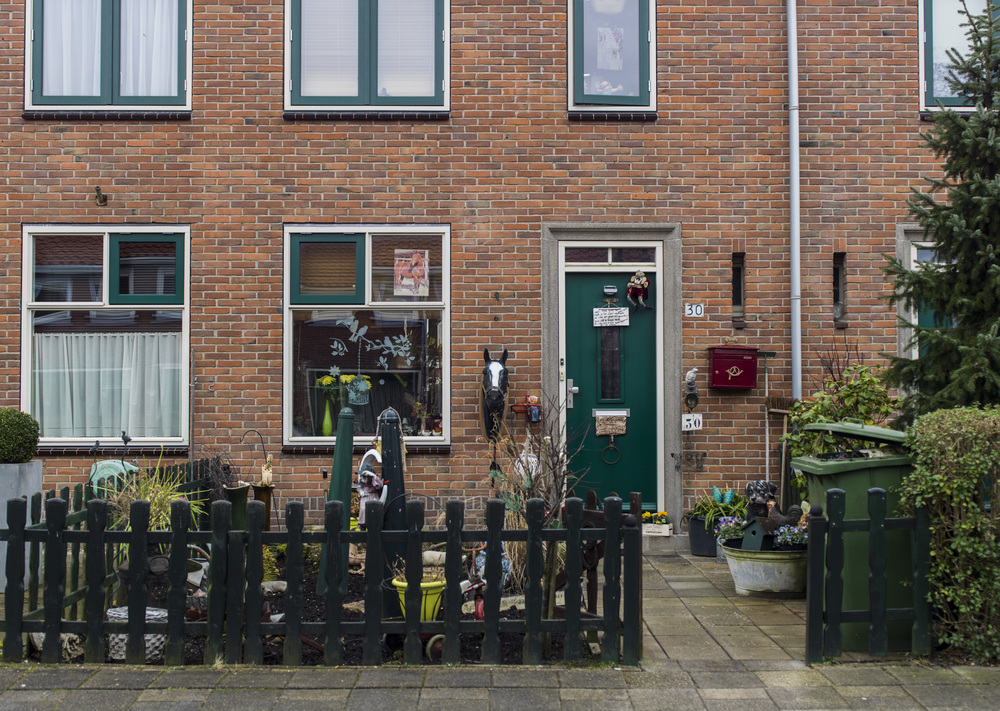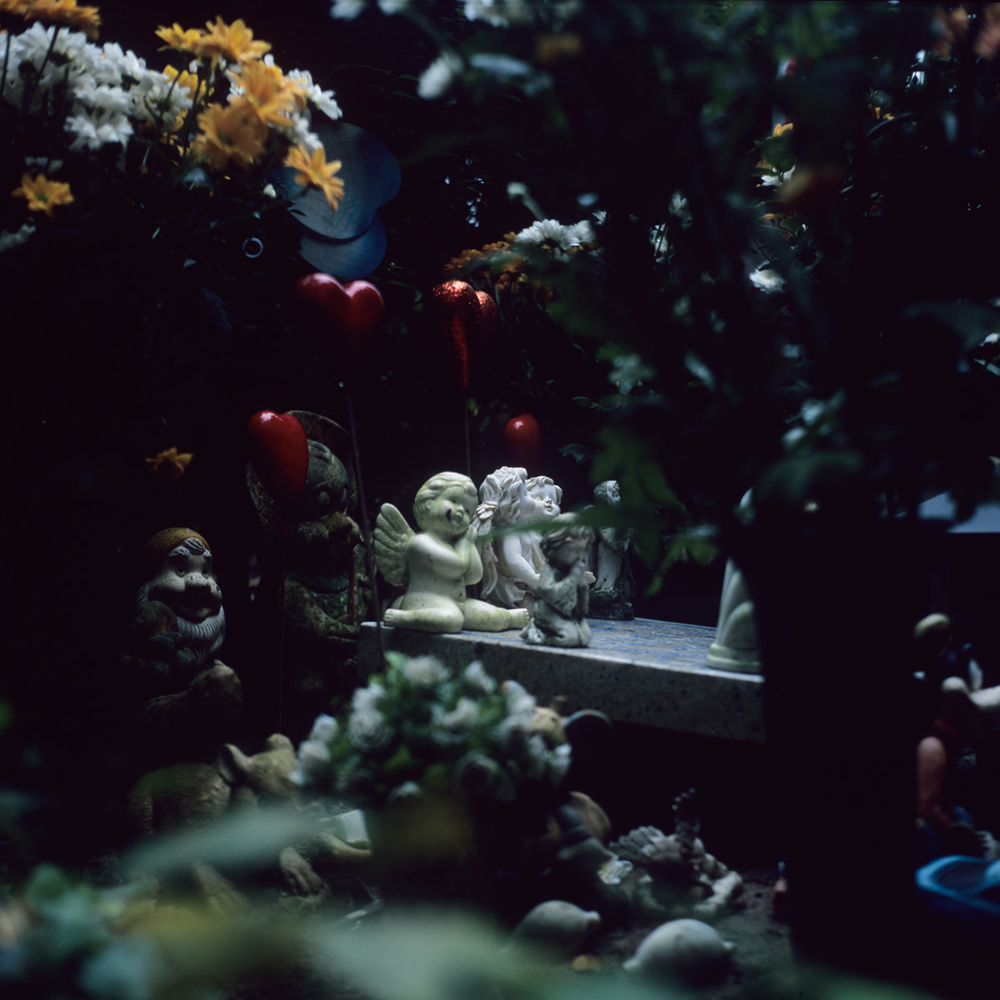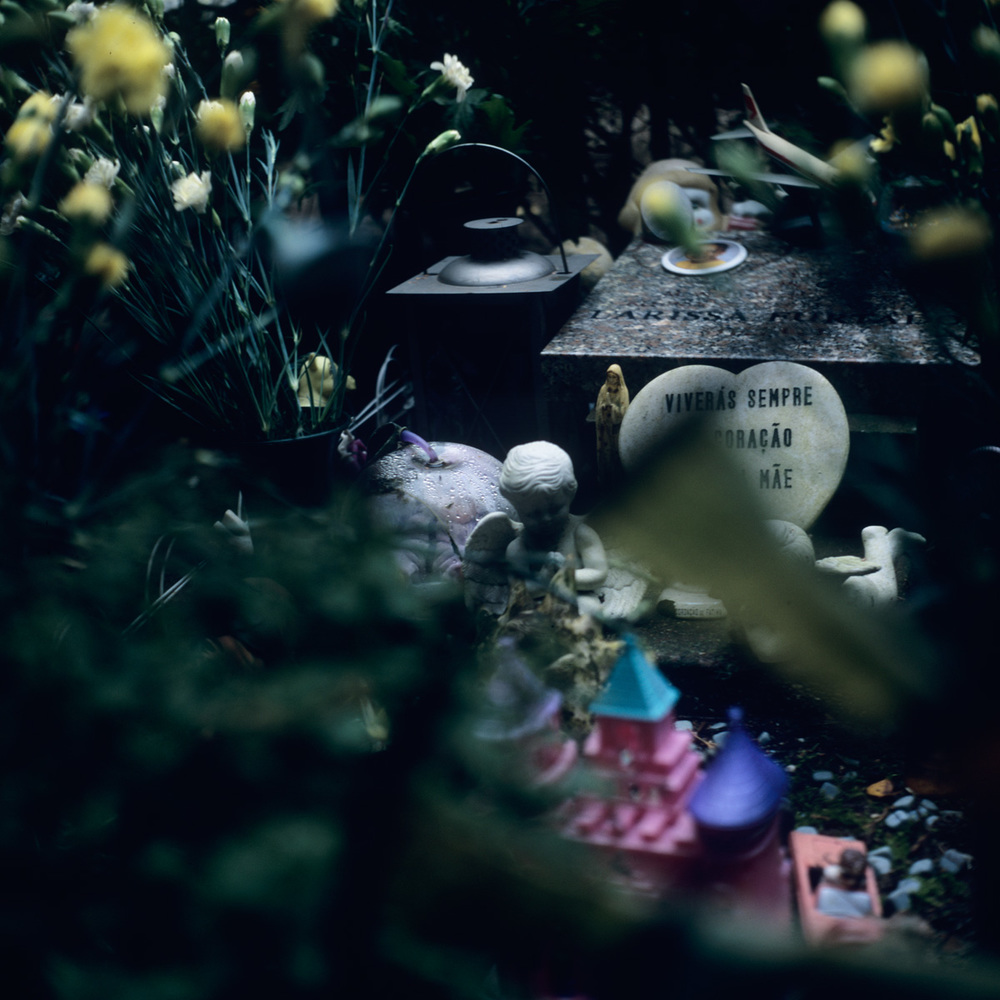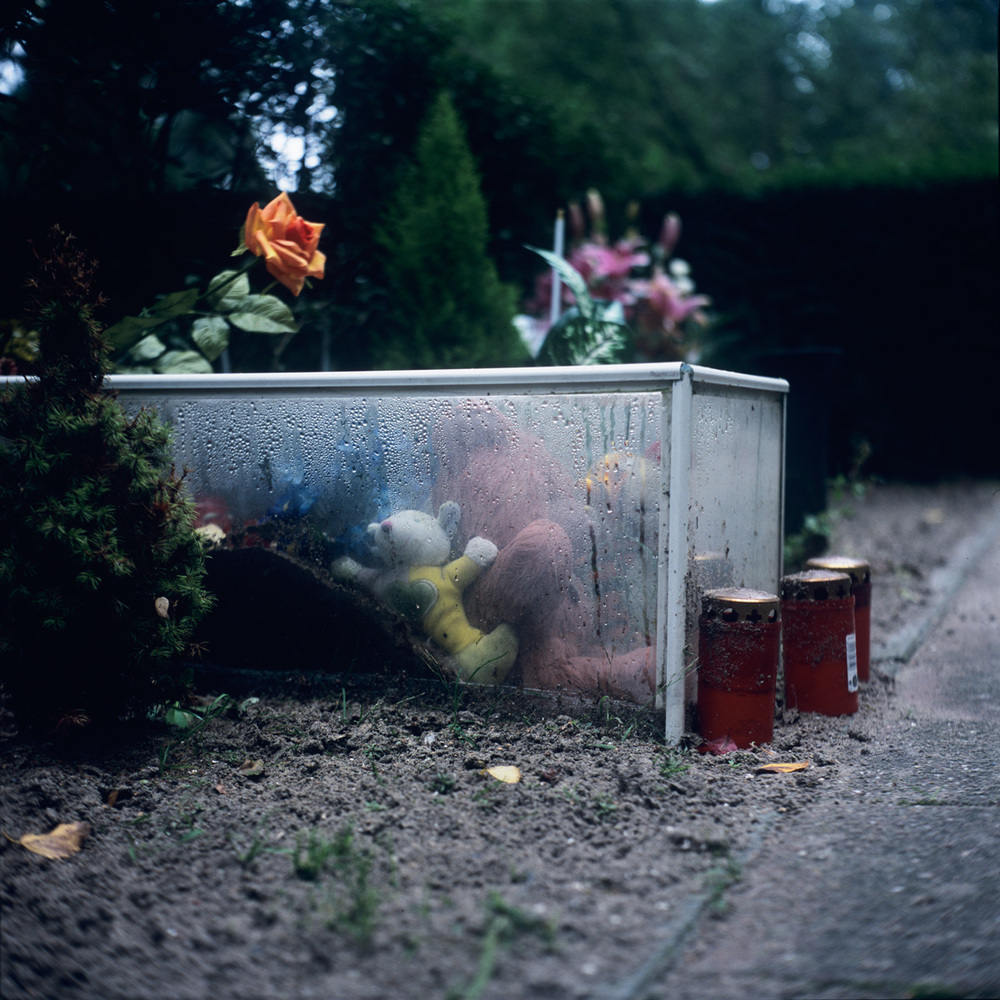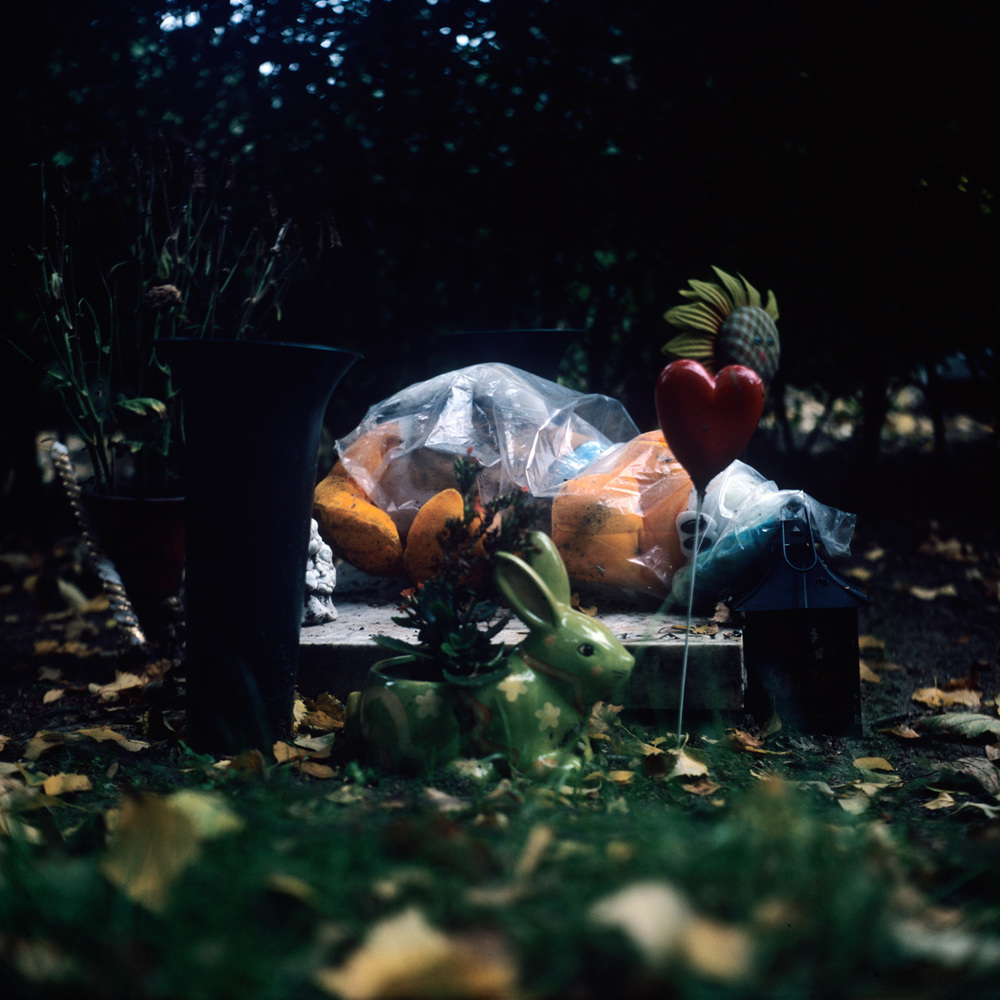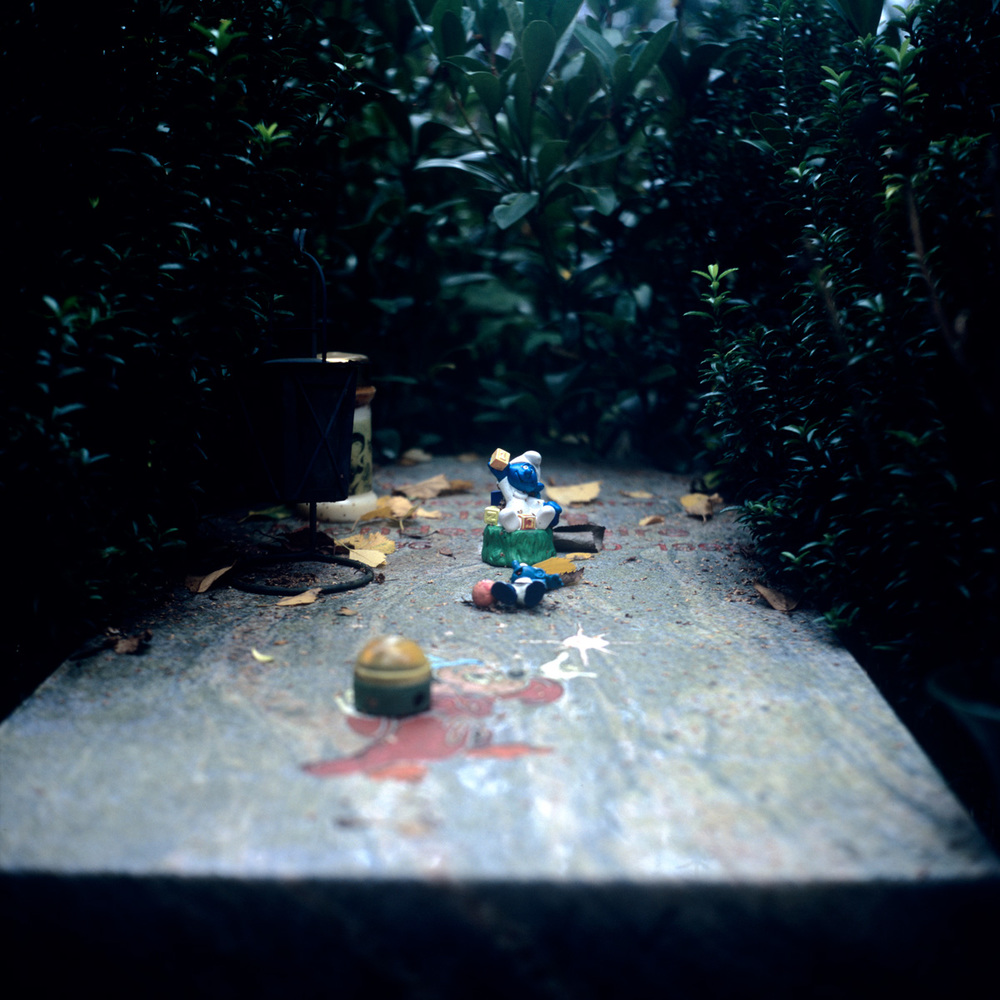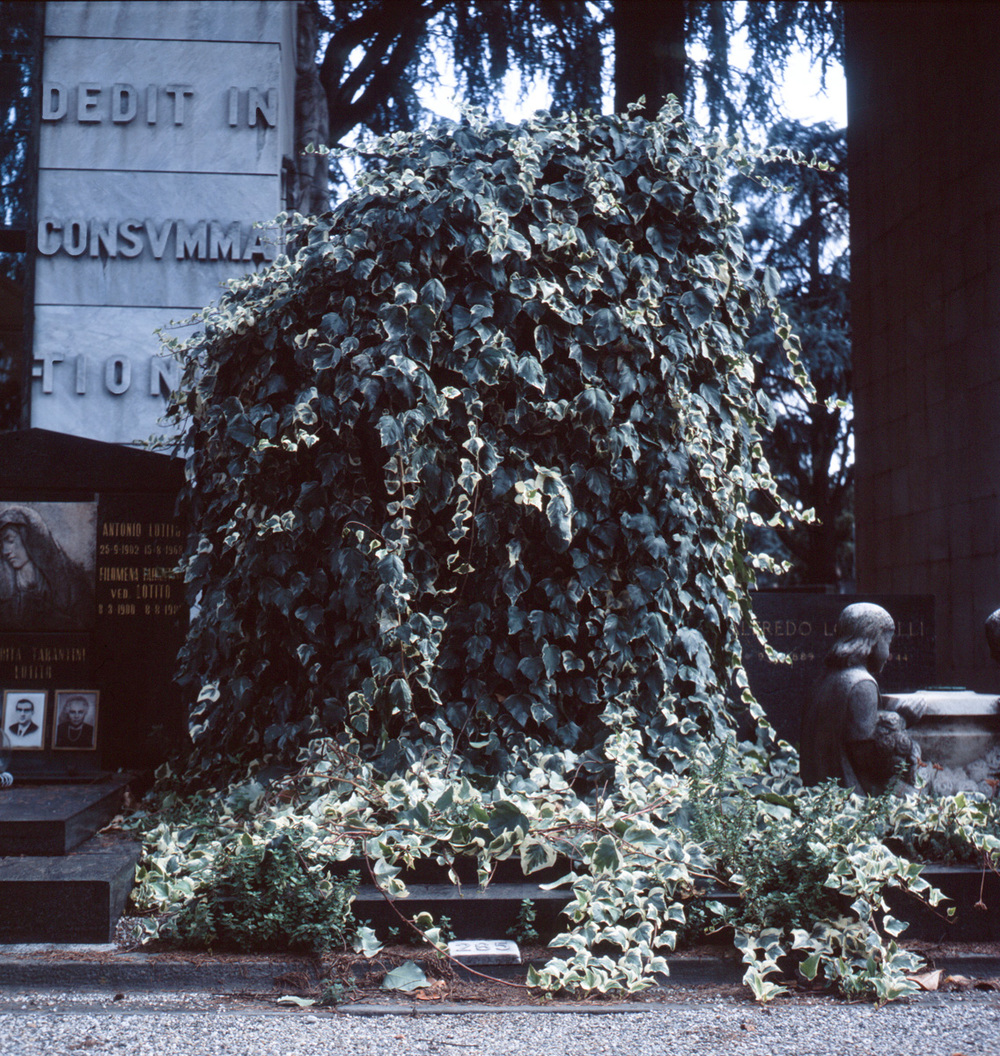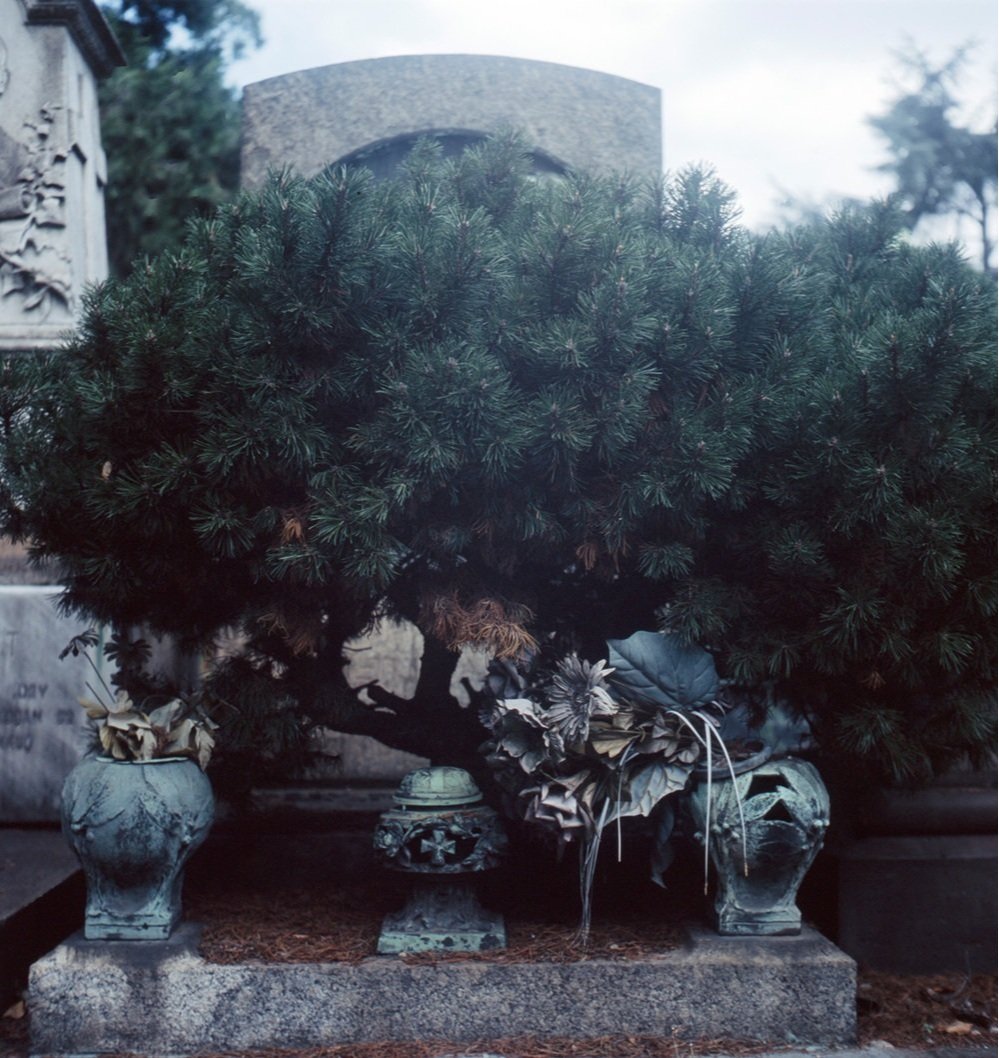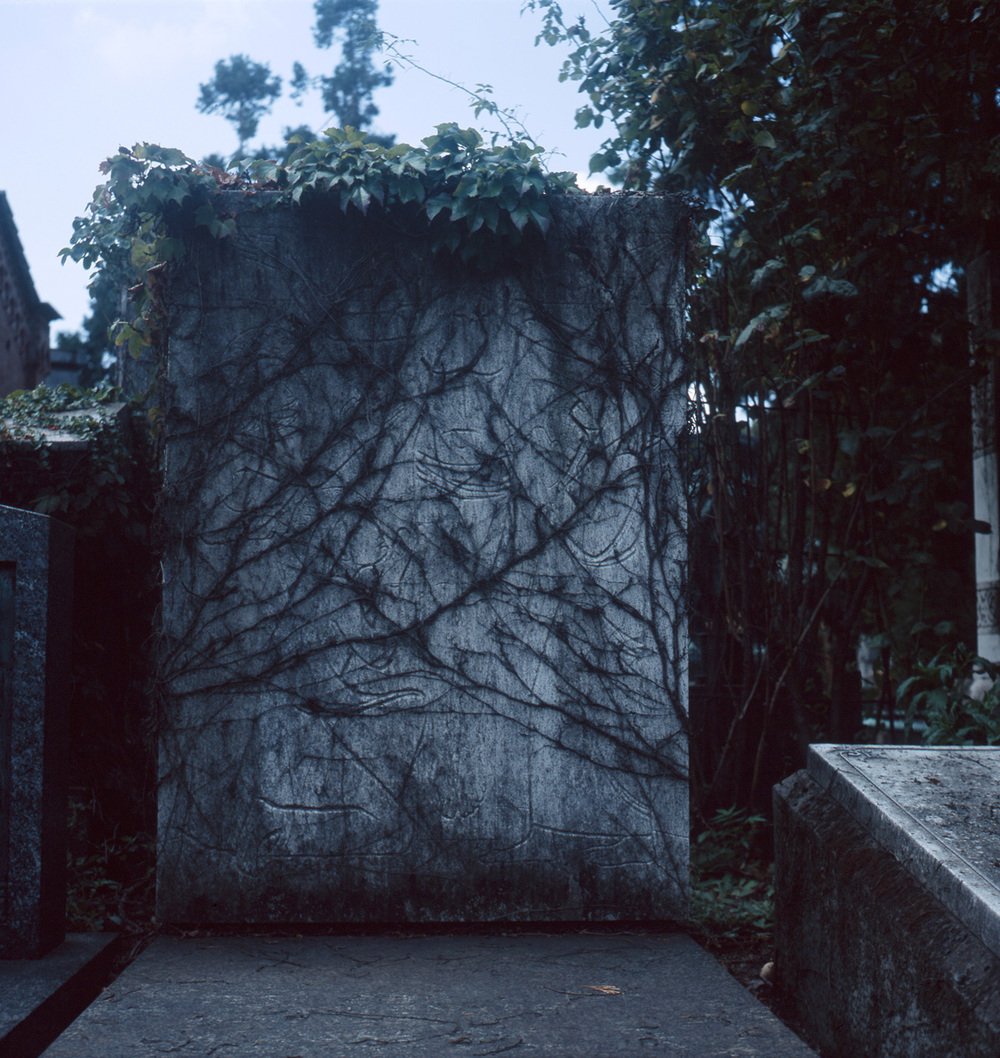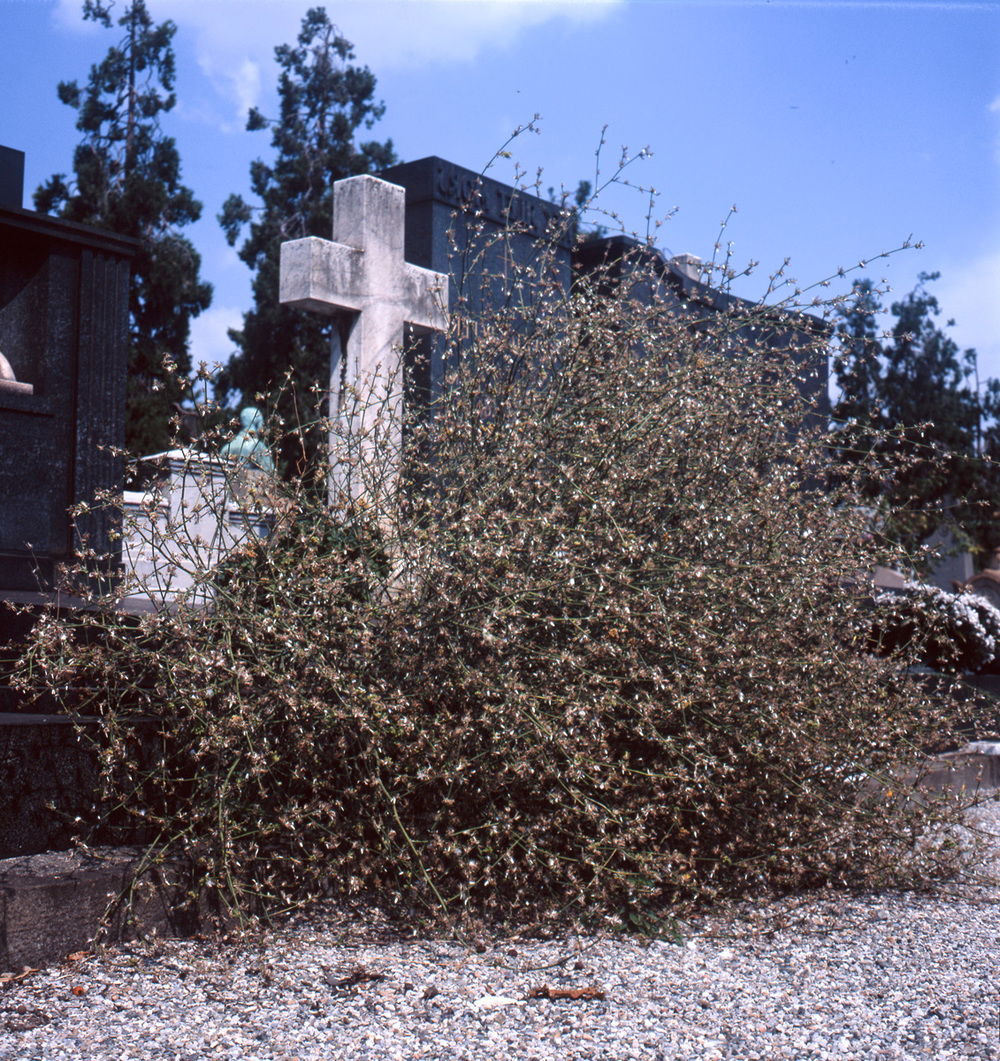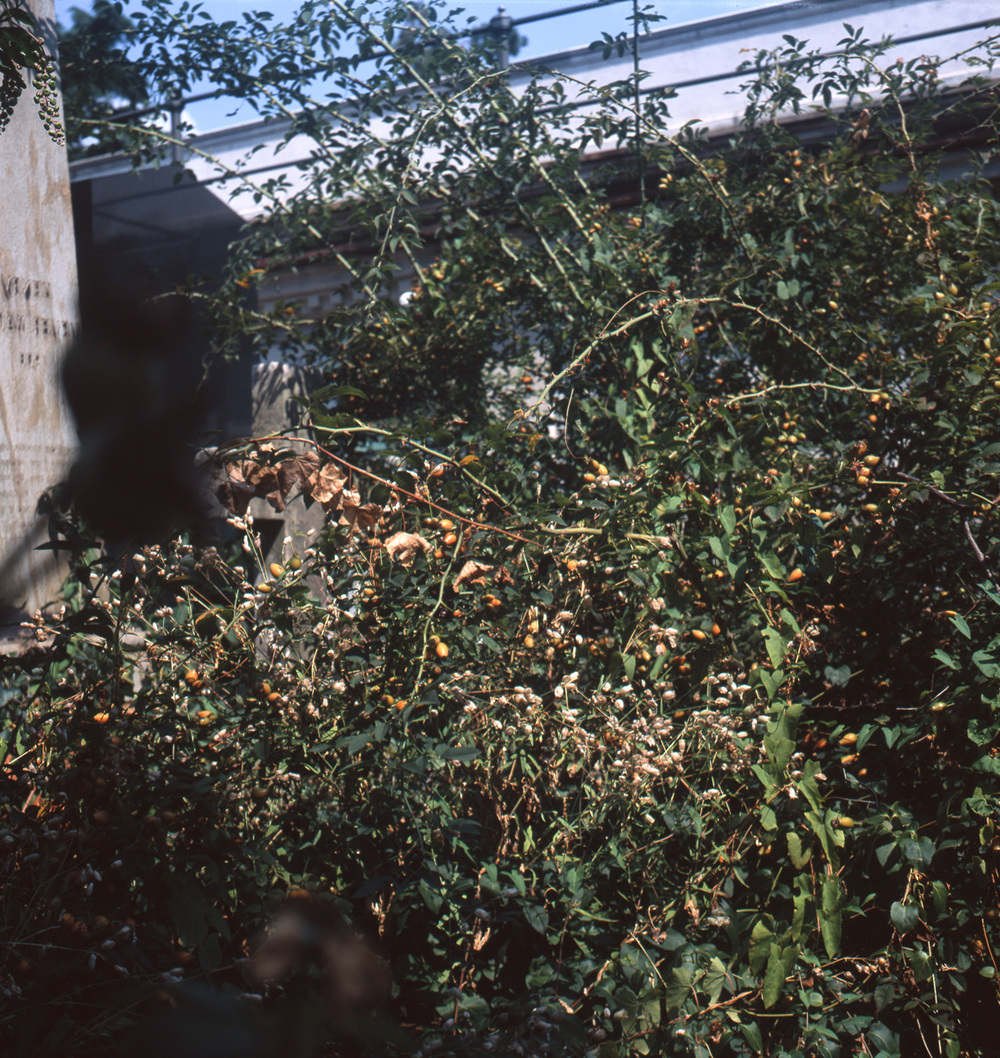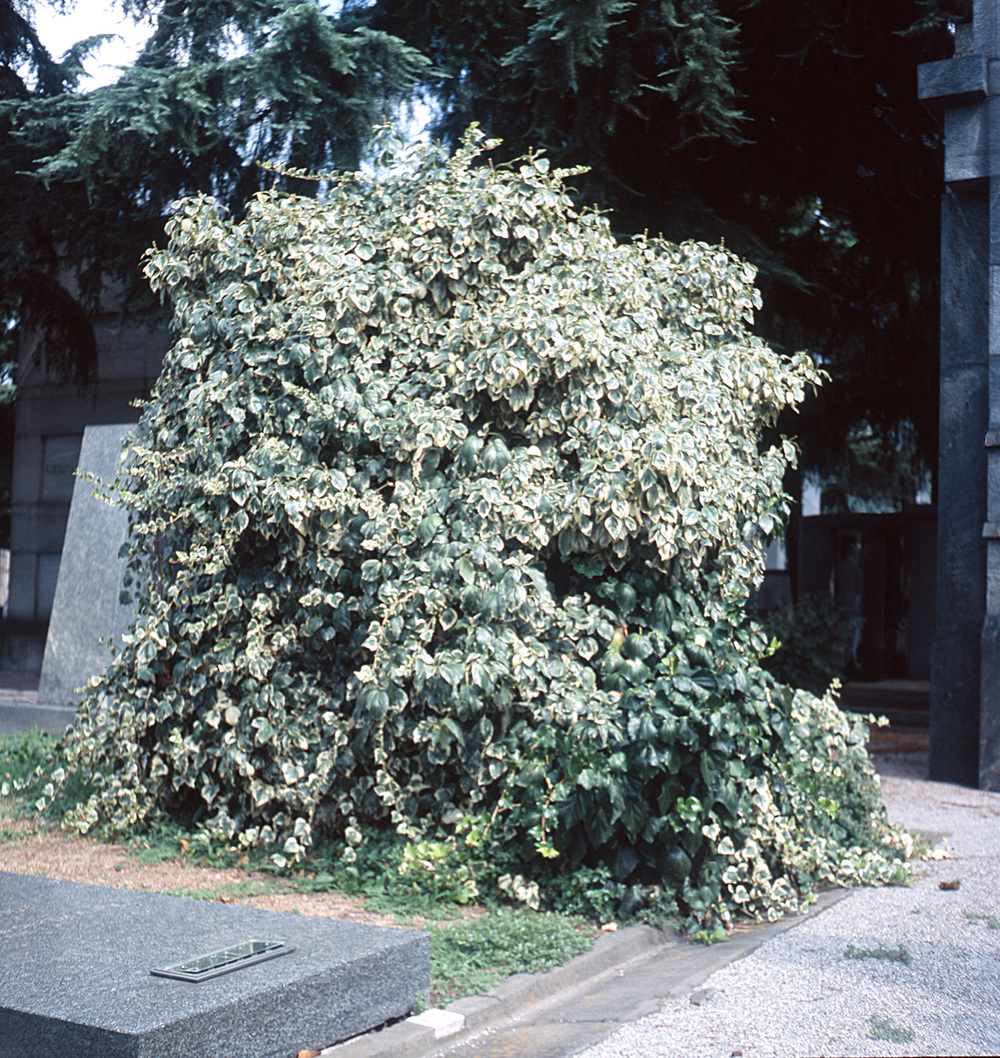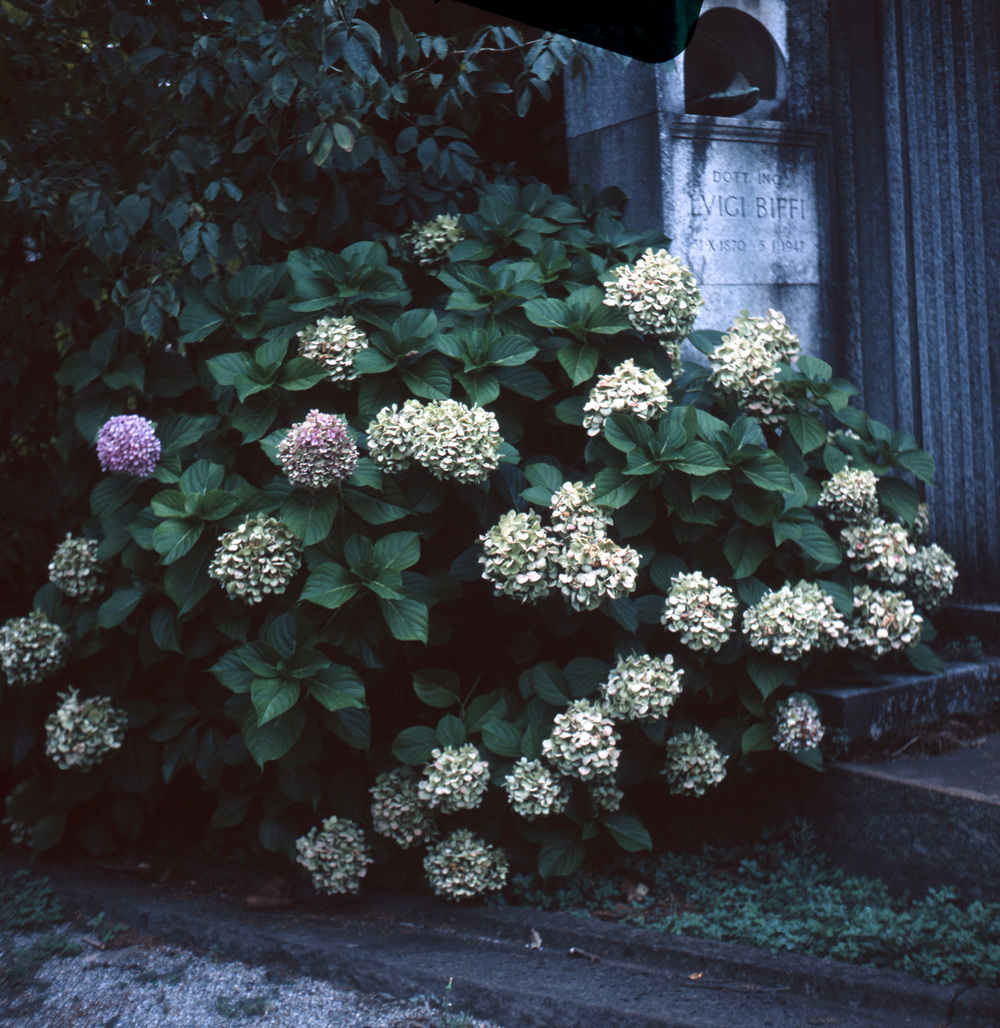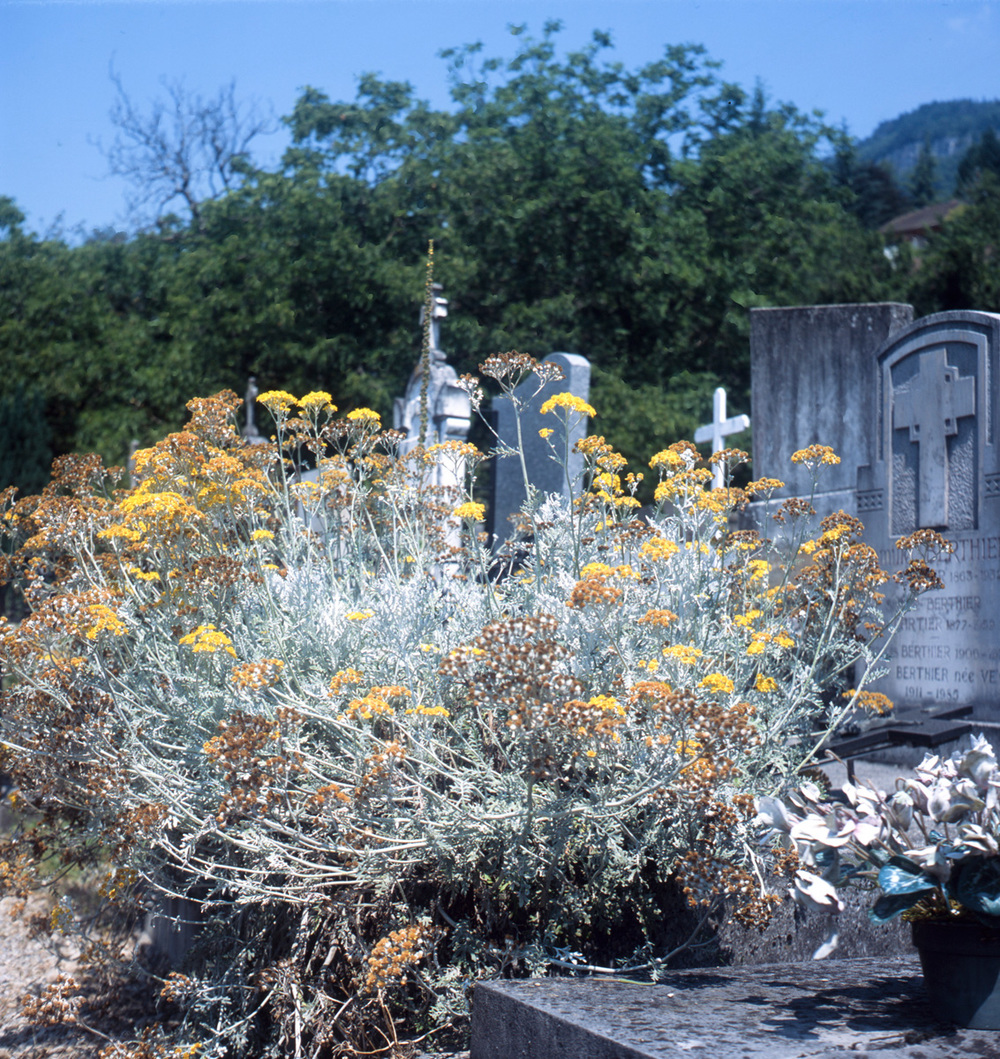“Within the context of my images, there is a compelling exploration of the gulf that separates our reality from our fantasies. Each of these facets contributes to a dynamic investigation of the interplay between what we perceive as real and the worlds we conjure up in our imagination.”
#Iam13 / 2019
I am 13 years old. It's about how young people are currently developing both offline and online identities through the use of social media.
For each 13-year-old, I choose a different aspect of their lives to delve into, aiming to provide a comprehensive picture of who these young people are and what they do in Rotterdam. Where are they? Who do they hang out with? What do they value? In my work, I always try to create series and search for the common denominator. The themes in my work explore the boundary between reality and fantasy, as well as how our inner world manifests in our daily lives. How do we express ourselves? This includes how we decorate our rooms, how we dress, the traditions we follow, the habits we have, and the rituals we engage in.
In the #Iam13 project, alongside journalist and photographer Sanne Donders, I explore the online and offline identity of Rotterdam's 13-year-olds in an analog manner. This series is a collaboration between Erasmus University and Project Generation R, commissioned by the Rotterdam Image Fund.
Fantastic life /2016
Exploring the gap between reality and fantasy through imagery.
Within the context of my images, there is a compelling exploration of the gulf that separates our reality from our fantasies. This sentiment is especially resonant in the work that delves into alter egos, Life Acting Role Playing (LARPs), and STAR WARS characters. Each of these facets contributes to a dynamic investigation of the interplay between what we perceive as real and the worlds we conjure up in our imagination.
“For me, art is a journey that explores the interaction between reality and fantasy. From miniature tombs to forgotten places, alter egos and the inner lives of young people: I like to capture the surreal aspects of life.”
De Stoep /2015
Sidewalks contribute significantly to a street's visual character, but their success requires conscious effort, especially in an era of re-evaluation by government agencies and housing associations. "The Sidewalk" emphasizes that ongoing changes in urban areas offer new perspectives, particularly in transition zones.
Drawing on interviews, case studies, essays, and an analysis of over 6,000 streets in Rotterdam, the book explores the motivations behind personalizing sidewalks. It reveals the profound impact on social connections, privacy, and the overall streetscape.
In my visual essay, I explore the art of creating front yards aligned with our ideals. This design represents how we envision structuring our nation and translating our values into a natural division within a compact plot. Our personal territory, akin to a microcosm of our country, provides a sense of security, where we establish unchanging standards and principles. This realm is our haven, where our beliefs are unwavering and our authority reigns supreme.
Starwars Cosplay
“In the expansive universe of STAR WARS, iconic characters transcend fiction and become powerful symbols that shape our understanding of reality and fantasy. From the heroism of Luke Skywalker to the enigmatic presence of Darth Vader, these figures resonate deeply and serve as mirrors to our own ambitions and struggles.
In addition to cinematic entertainment, STAR WARS has also etched itself into history, influencing storytelling and creating a cultural phenomenon that spans generations. The franchise's characters have become more than beloved icons; they are vessels for self-reflection and identification.
Immortal flowers
Sigmund Freud's 'Transience' (1915) finds a profound echo in my images of overgrown graves, where nature's reclamation mirrors Freud's exploration of life's transience and fleeting nature. The tombs, embraced by nature, symbolize the inherent change and decay in human existence, as noted by Freud.
Observing these graves prompts reflection on Freud's insight into the transient essence of all things. The darkening tombs reflect the inevitable passage of time, emphasizing the impermanence of life. Freud's exploration extends to the realm of memory, where, like the enduring elements on the tombs, memories fade and lose clarity over time.
Through Freud's lens, these overgrown resting places become a metaphor for the transience of life and the gradual fading of our physical presence. The philosophical resonance underscores the universal truth that everything changes and eventually disappears, emphasizing the importance of embracing the present and cherishing fleeting moments.
Small world / 2005
Children's graves reveal a poignant continuity of play beyond death. Toys, cuddly toys, and figurines are arranged as if the child has just stepped away, creating a presence in their absence. The deliberate staging of these tombscape game scenarios elevates them beyond ordinary objects, transcending the mundane.
Each miniature world carries a personal touch, reflecting the hand of the grieving survivors and capturing the essence of the departed child. While personal symbols may elude casual observers, they speak volumes to those who create these scenes. Questions arise: Is an imaginary moment frozen in this small space? Does the still life serve as a monument to the child's memory, lost in play or called away? Elements like wind and rain contribute to the evolving game, causing things to weather and perish, subtly fading the memory over time.
Fondamento Nuova /2003
Sigmund Freud's essay 'Transience' (1915) reflects with the images I made of overgrown graves.
As I observe the overgrown graves, I am reminded of Freud's assertion that change and decay are inherent to our human experience. The process that causes the graves to darken over time reflects the transient essence of all things in life.
Freud's insights also extend to the realm of memory and human connections. Just as the elements endure the physical graves, the memories also fade and lose their clarity over time. The essay's exploration of how cherished memories gradually lose their sharpness and vividness resonates deeply as I gaze at these overgrown resting places.



